Earth, Environmental & Agricultural Sciences
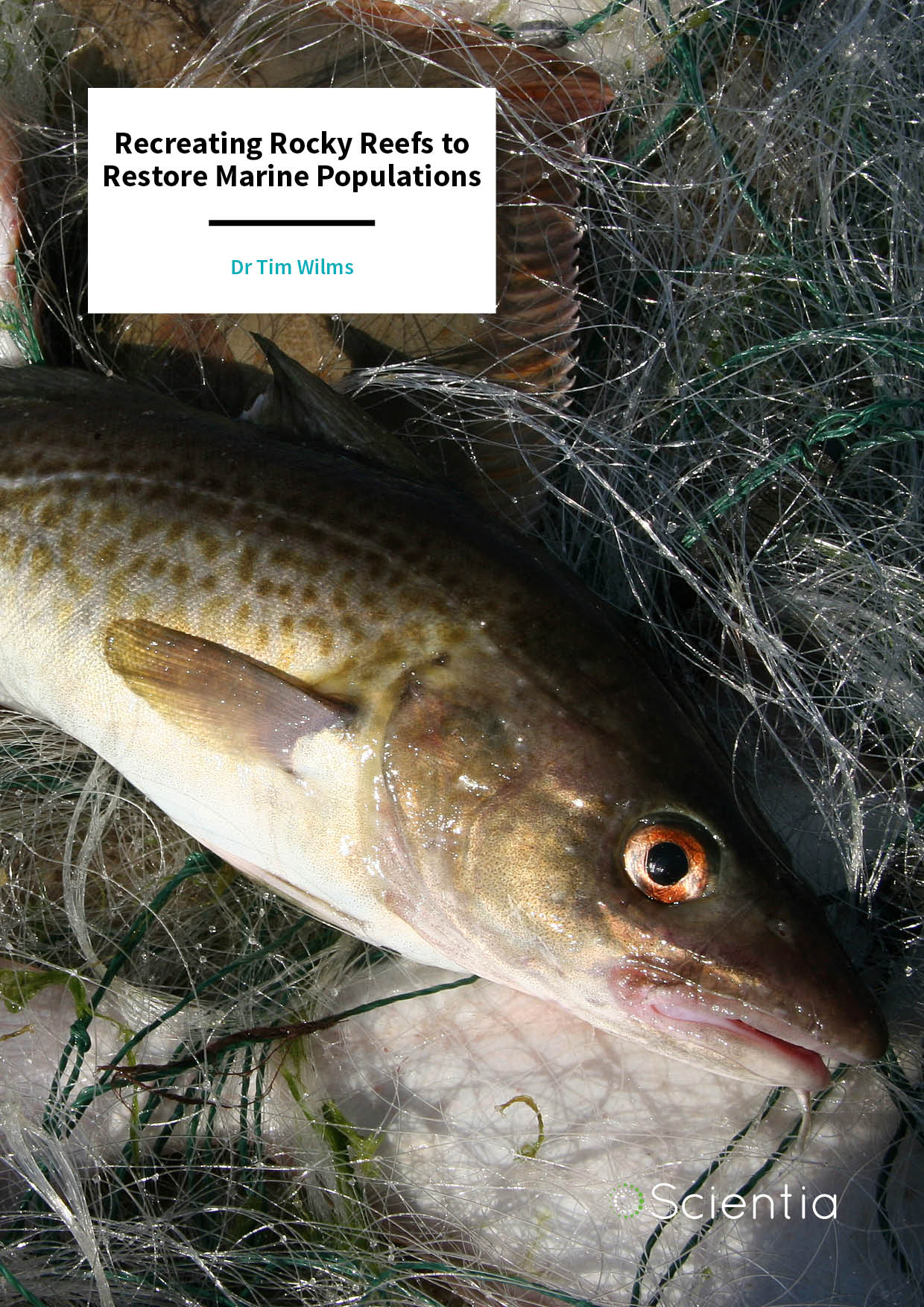
Dr Tim Wilms | Recreating Rocky Reefs to Restore Marine Populations
Much research has focused on Single Large or Several Small (‘SLOSS’) habitats for the preservation and restoration of biodiversity. Many studies have been carried out in terrestrial environments but far fewer have looked at marine systems. However, it is unwise to make conclusions about the marine environment based on studies carried out on land. Together with colleagues, Dr Tim Wilms from the Technical University of Denmark is recreating lost rocky reef habitats and surveying these sites to see how they impact the return of vital marine species to the area.
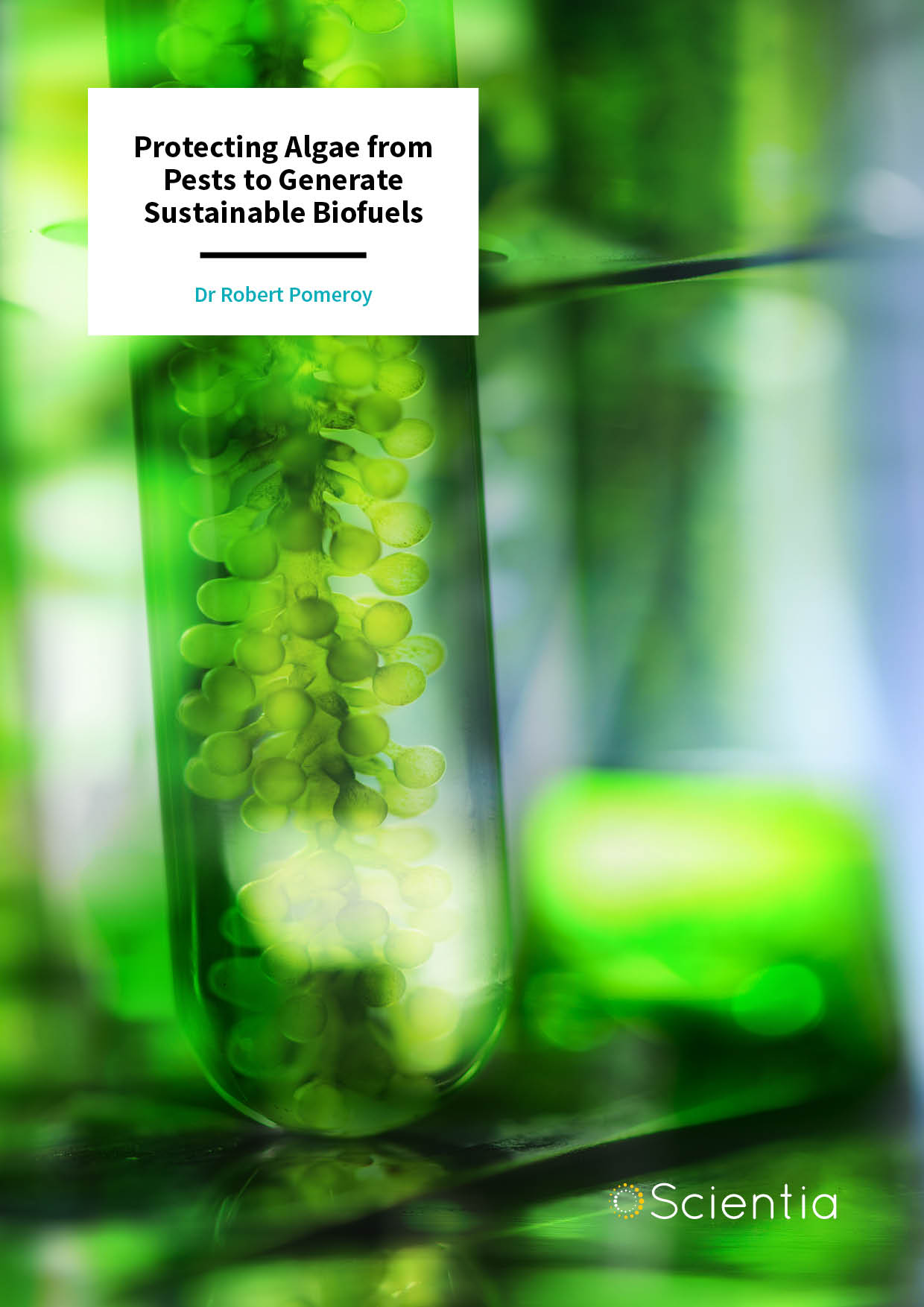
Dr Robert Pomeroy | Protecting Algae from Pests to Generate Sustainable Biofuels
Algal biofuels offer a renewable and carbon-neutral alternative to fossil fuels. These photosynthetic microorganisms can be grown inexpensively in large ponds, but being exposed to the elements risks biological contamination from other microorganisms. Dr Robert Pomeroy and colleagues at the University of California, San Diego, used chemical ionisation mass spectrometry to continuously measure the quantities and compositions of volatile gases produced by algal pond samples, allowing for the detection of infectious species and assessment of the impact such pests have on algal communities.
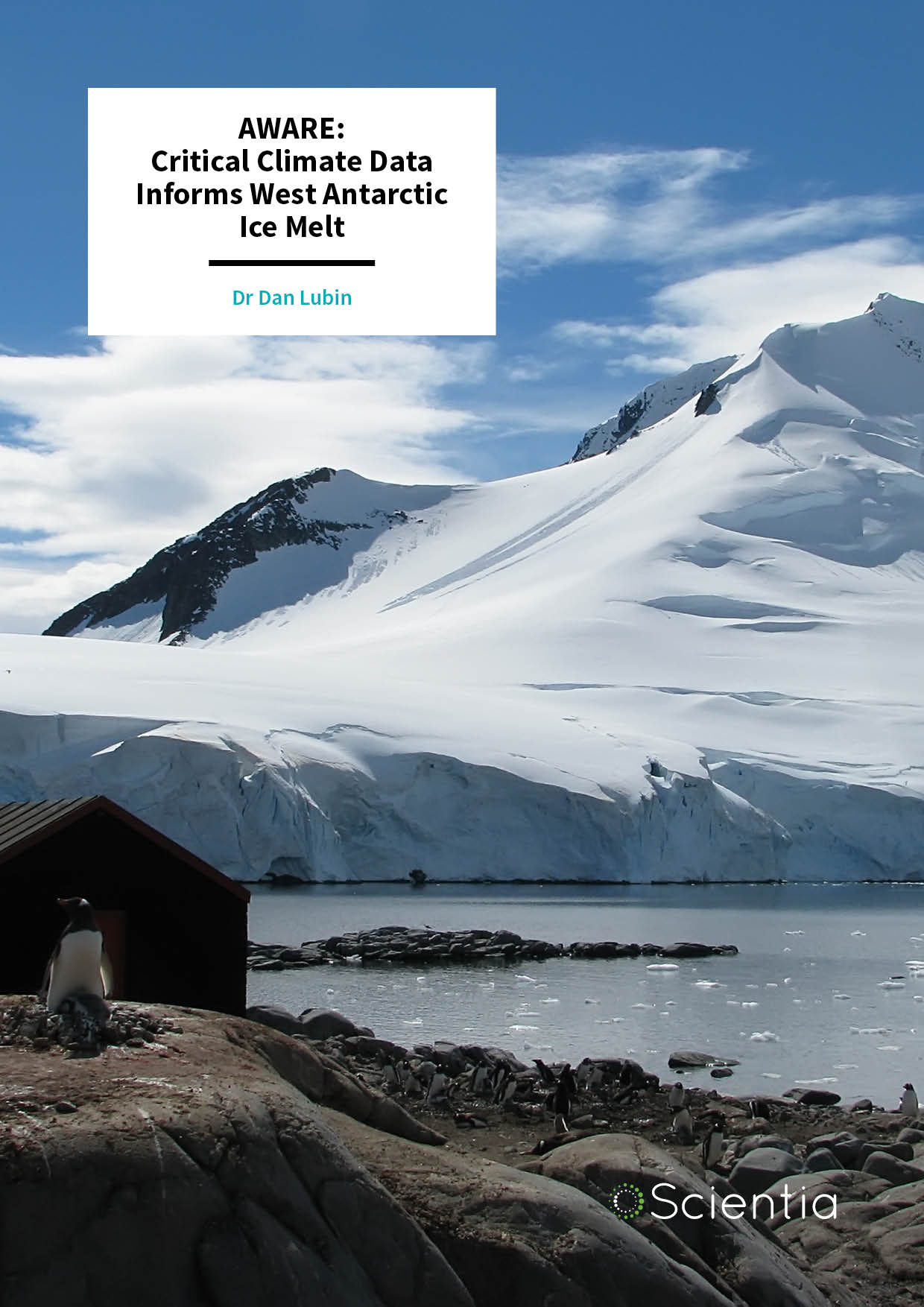
Dr Dan Lubin | AWARE: Critical Climate Data Informs West Antarctic Ice Melt
The West Antarctic Ice Sheet (WAIS) is one of Earth’s most rapidly warming regions, holding huge implications for global ocean rise and large-scale weather events. Yet, despite its influence on large-scale climate patterns, the WAIS remains one of Antarctica’s most poorly studied areas. Dr Dan Lubin, of the Scripps Institution of Oceanography at the University of California, San Diego, brought renewed interest to this neglected but critical region with the AWARE programme, one of Antarctica’s most extensive scientific campaigns yet. The programme seeks to improve our understanding of the physical processes influencing the West Antarctic to improve global model simulations.
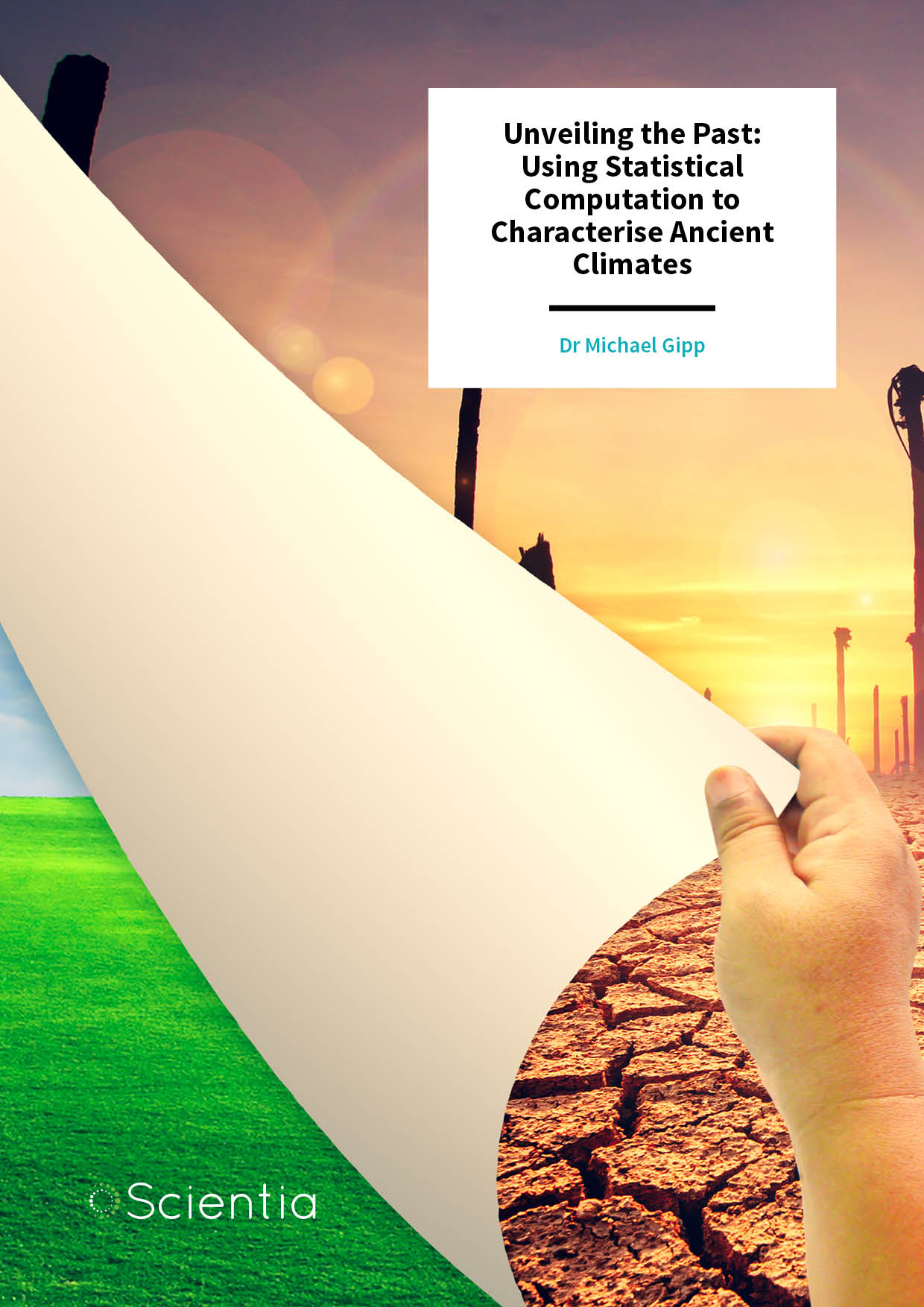
Dr Michael Gipp | Unveiling the Past: Using Statistical Computation to Characterise Ancient Climates
Throughout the earth’s history, the prevailing climate has changed over and over. To gain insights into the history of our planet, scientists use clues uncovered from the earth’s surface. However, not all periods in the earth’s history are equally represented in the geological record. Dr Michael Gipp is using the surprising similarities between computer algorithms and complex natural systems to describe our ancient climates.
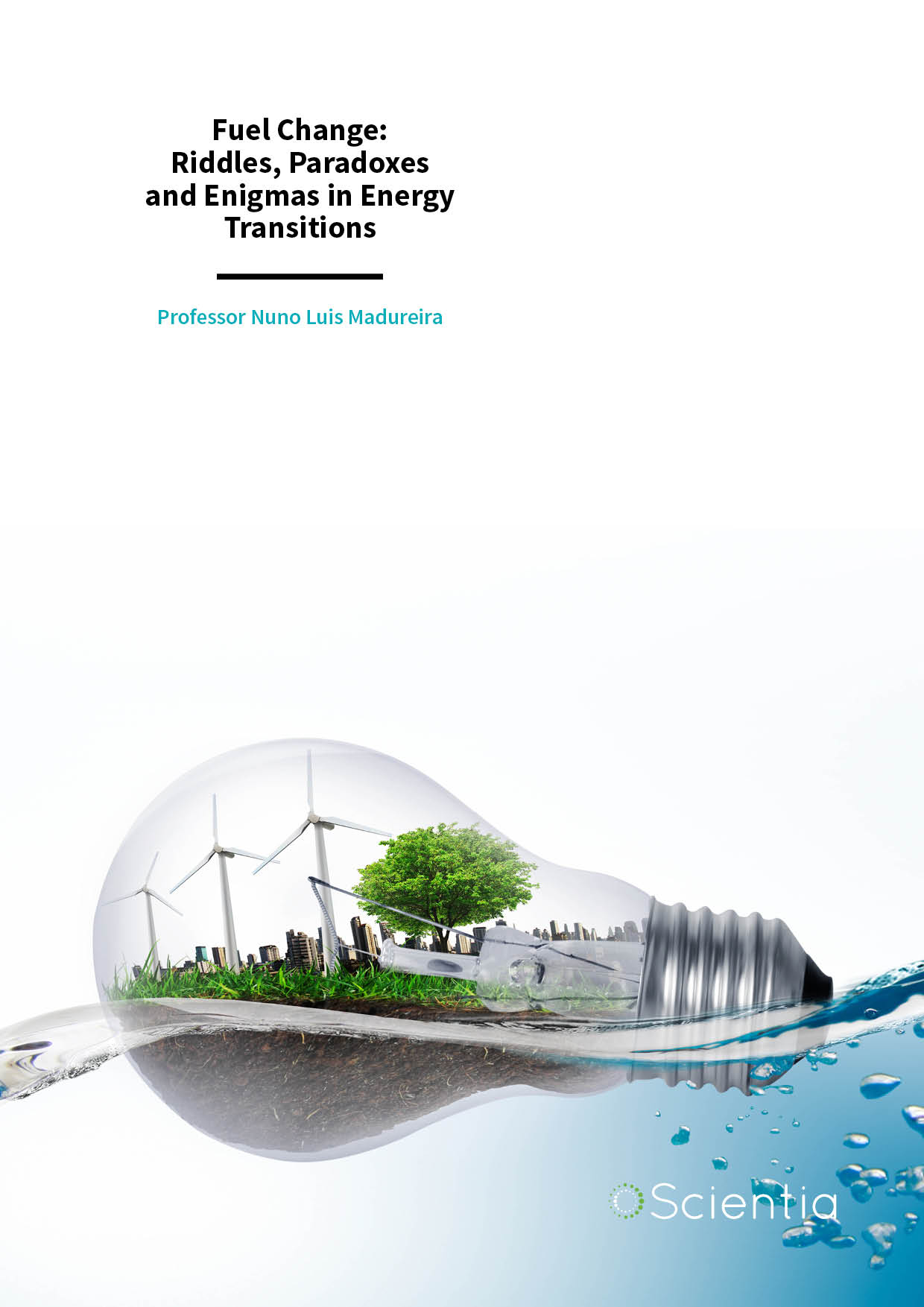
Professor Nuno Luis Madureira | Fuel Change: Riddles, Paradoxes and Enigmas in Energy Transitions
Throughout history, we have relied on many different energy sources. Initially, wood was used for heating and cooking; as industry grew, we moved to fossil fuels; and the scientific advances of the 20th century allowed us to harness sources such as nuclear, solar and tidal energy. The transition from one fuel type to another has led to the identification of some intriguing paradoxes. Professor Nuno Luis Madureira from the University Institute of Lisbon studies these transitions and is shedding light on this fascinating subject.
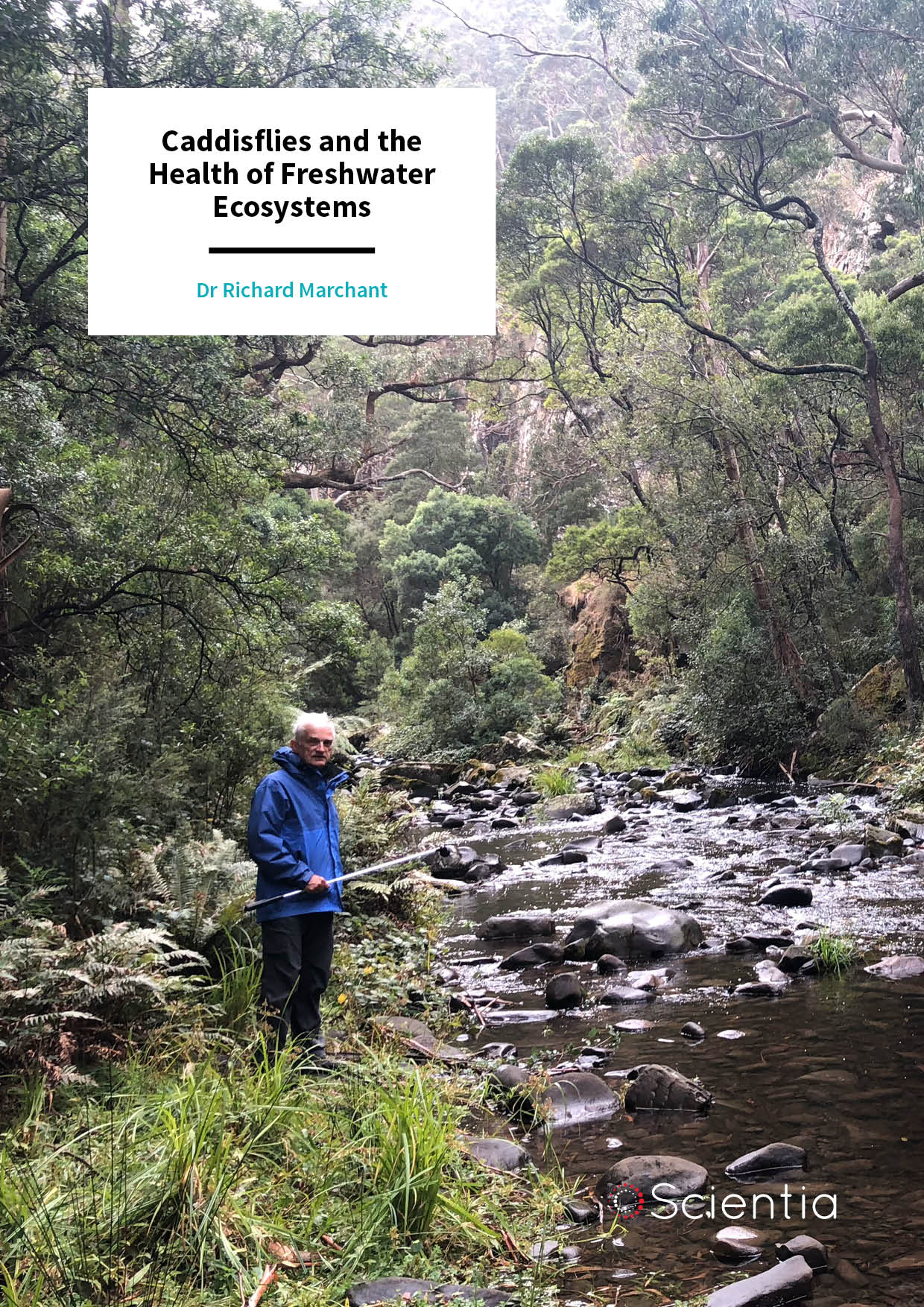
Dr Richard Marchant | Caddisflies and the Health of Freshwater Ecosystems
Caddisflies are an order of insect species that live in and around fresh water, and are a great indicator of the health of the ecosystem they’re in. However, we need a better understanding of their life cycles, their role in the ecosystem, and how the population changes across multiple generations as they hatch from eggs into larvae, grow and moult, and form pupae before their adult stage. Dr Richard Marchant at Australia’s Museums Victoria has undertaken an extensive 5-year research program to do just that.
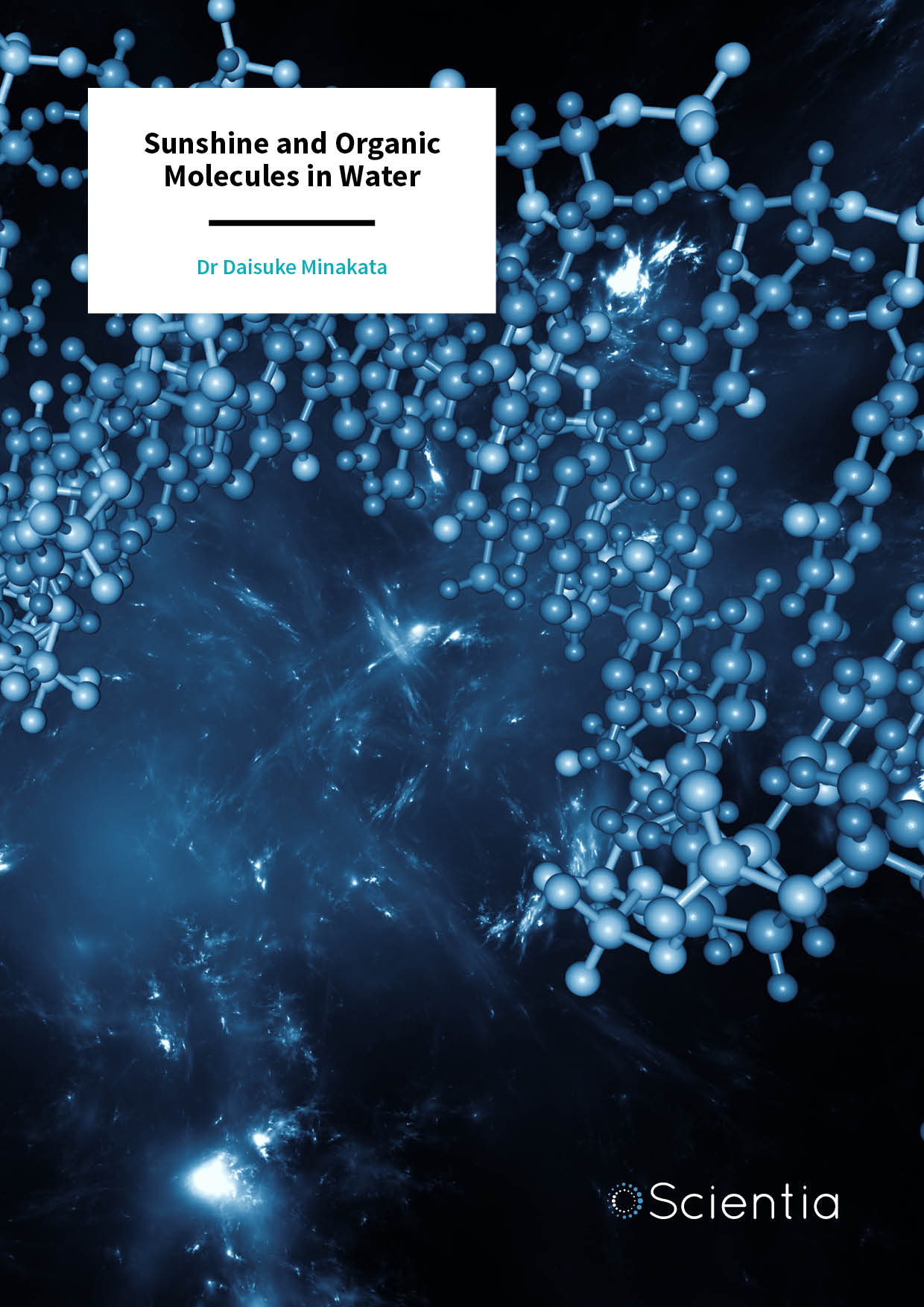
Dr Daisuke Minakata – Sunshine and Organic Molecules in Water
Organic molecules dissolved in rivers, lakes, seas and oceans are essential to plant and animal life. Some of these molecules are also degraded and enter a complex cycle of carbon, nitrogen and sulphur containing compounds. Surprisingly, scientists currently have a limited understanding of the fate of these molecules. Dr Daisuke Minakata and his colleagues from Michigan Technological University are involved in an ambitious programme to overcome this critical knowledge gap.
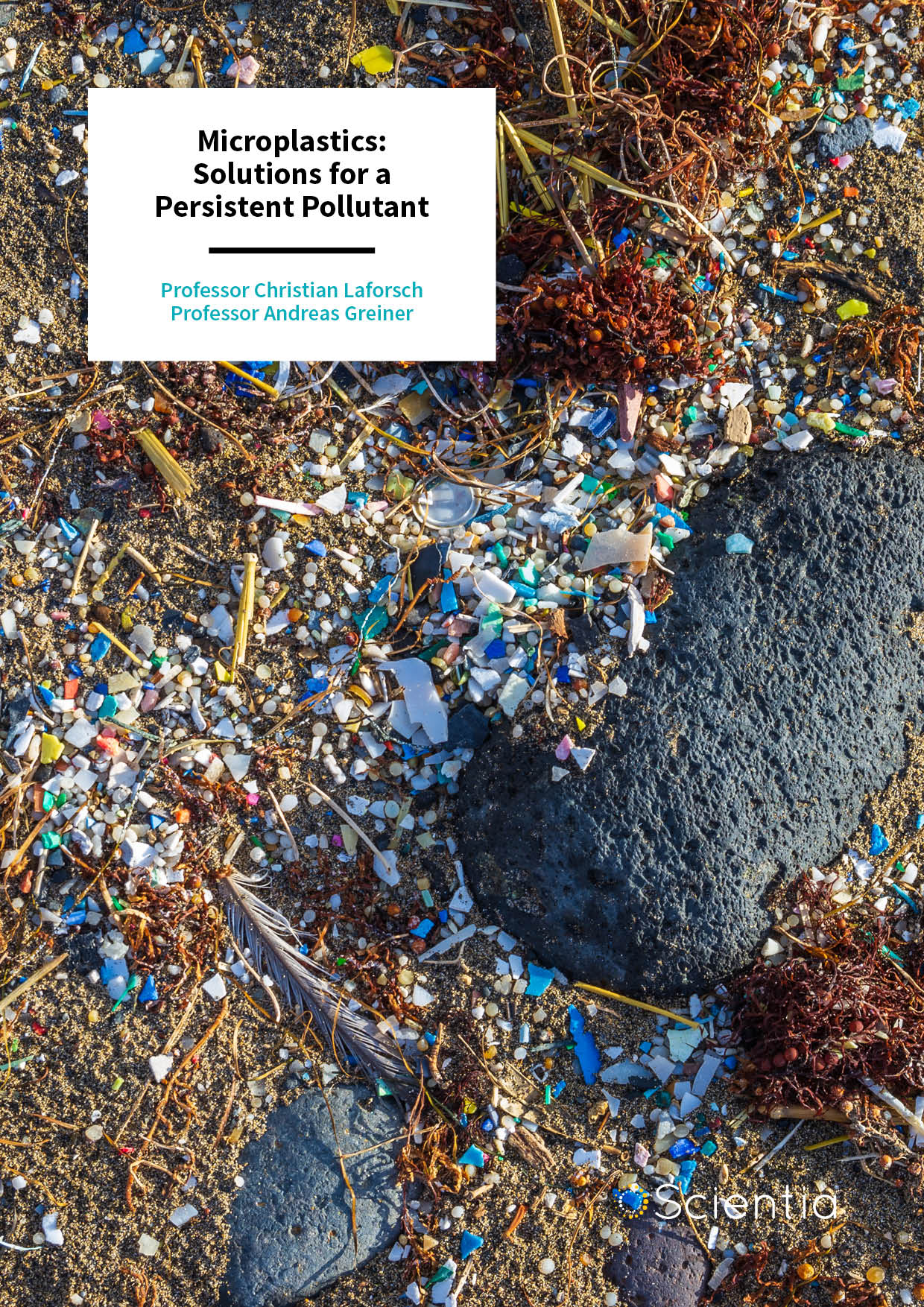
Professor Christian Laforsch | Professor Andreas Greiner – Microplastics: Solutions for a Persistent Pollutant
Plastics have revolutionised human existence. Medicine, technology, agriculture and construction all rely on highly durable plastic materials. However, the enduring legacy of plastics extends far beyond our cities and towns. Everywhere we look, from the deepest parts of the oceans to alpine glaciers, we find tiny fragments called microplastics. Recently, the collaborative research centre, ‘CRC 1357 Microplastic’, at the University of Bayreuth was granted a second funding phase by the German Science Foundation, to continue their intensive research into microplastics. The CRC 1357 team studies the formation and behaviour of microplastics in the environment and their long-term effects on soils, plants, organisms, and ecosystem processes. Through their research, the University of Bayreuth will be able to contribute to ground-breaking recommendations for policy-makers, industry and society.
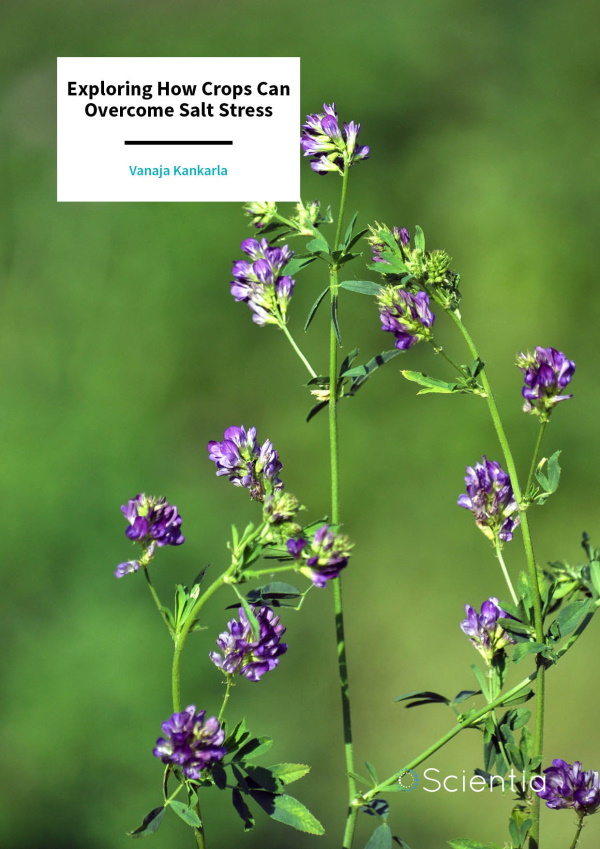
Dr Vanaja Kankarla | Exploring How Crops Can Overcome Salt Stress
Plant health is inextricably linked to the soil. An excess of salt can affect a plant’s ability to uptake other nutrients and reduce its overall growth. For crops, reduced growth translates to lower yields. Most research on this issue focuses on growing cultivars that are salt tolerant. Dr Vanaja Kankarla inspected the problem from a different angle. Her team studied how two forage crops, alfalfa and triticale, responded to saline water. The team’s results highlight triticale’s outstanding salt tolerance and shows that saline irrigation may actually boost alfalfa yields.
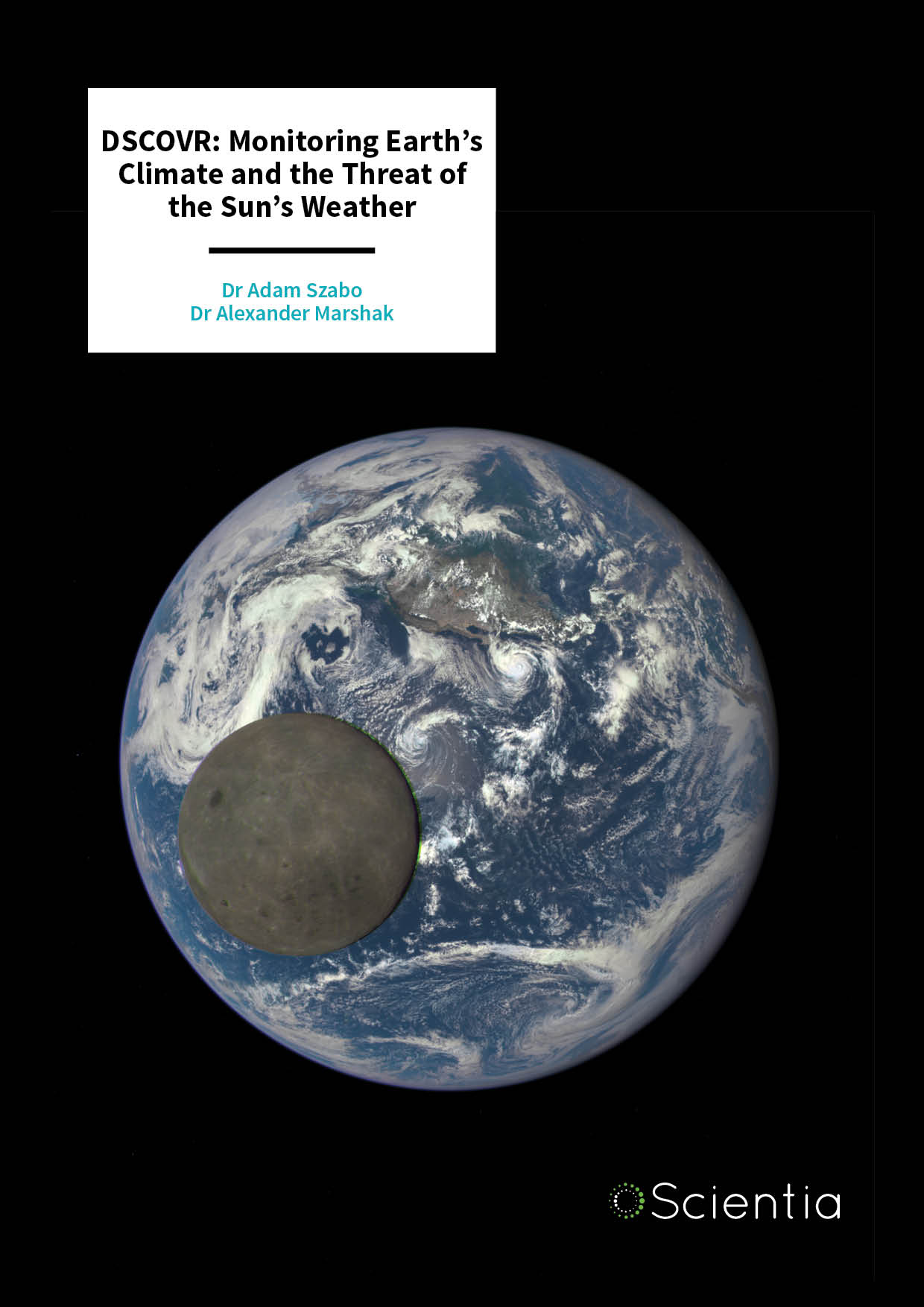
Dr Adam Szabo | Dr Alexander Marshak – DSCOVR: Monitoring Earth’s Climate and the Threat of the Sun’s Weather
The Deep Space Climate Observatory – DSCOVR – is a satellite orbiting between the Sun and Earth at the first Sun-Earth Lagrange point. The primary mission of DSCOVR is to measure the incoming solar wind conditions and provide these measurements in near-real-time, to enable space weather forecasting. DSCOVR also has instruments that can monitor Earth’s climate, by measuring energy reflected and radiated from Earth, and can track levels of ozone, aerosols, clouds, vegetation and ocean properties, and more. Led by scientists Dr Adam Szabo and Dr Alexander Marshak, the project is a joint mission between National Oceanic and Atmospheric Administration (NOAA), the US Air Force, and NASA.
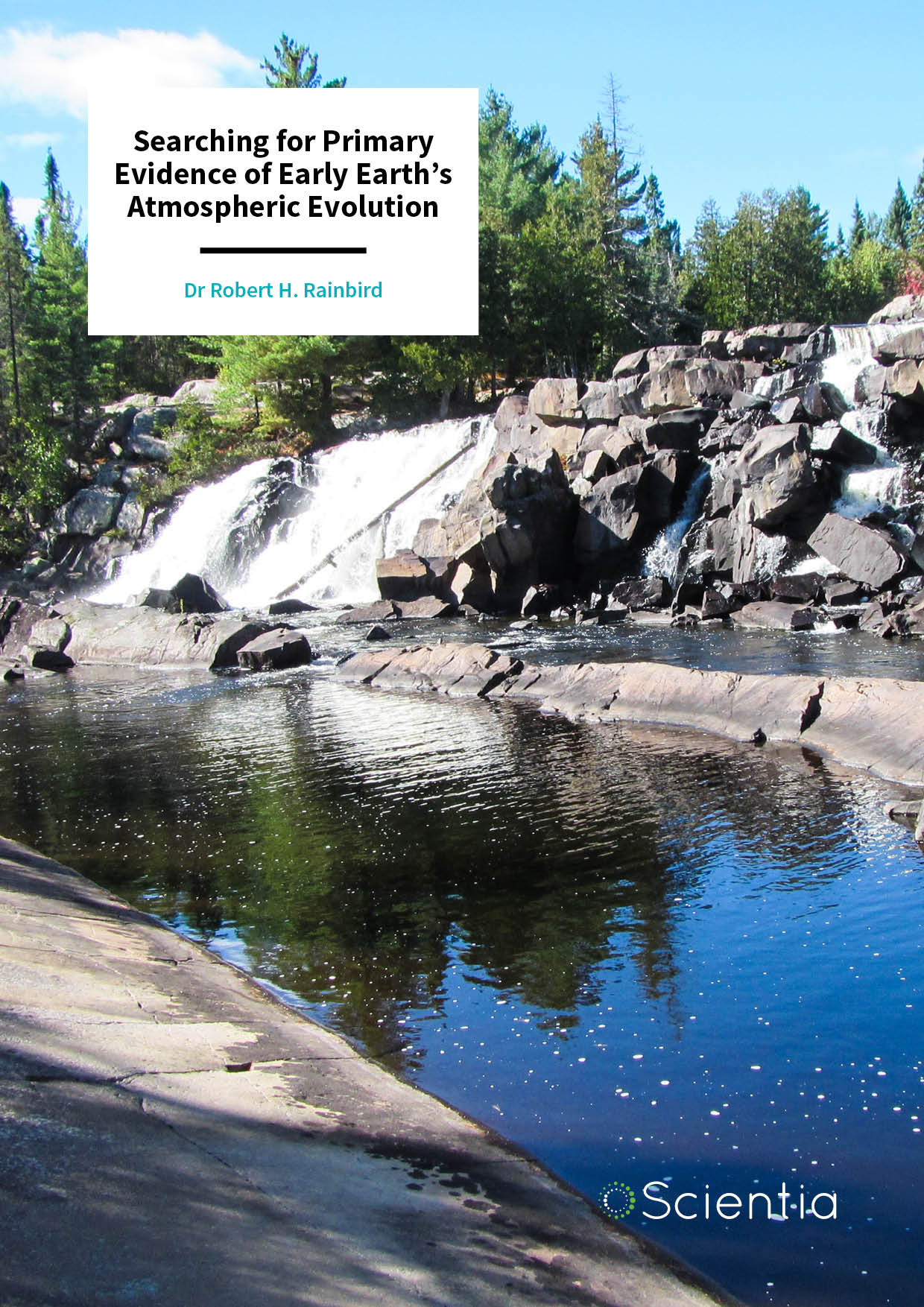
Dr Robert H. Rainbird | Searching for Primary Evidence of Early Earth’s Atmospheric Evolution
What did Earth look like between one billion and two-and-a-half billion years ago? When did our atmosphere and oceans become oxygen-rich? Did oxygenation occur rapidly or during slow oscillations over hundreds of millions of years? These questions have been debated by scientists for decades because of their implications for the evolution of early life, and thus, our very understanding of life on Earth. Through their research, Dr Robert H. Rainbird and his team at the Geological Survey of Canada and Carleton University seek to answer these questions by investigating the ancient sedimentary rocks to the north of Lake Huron in Ontario.
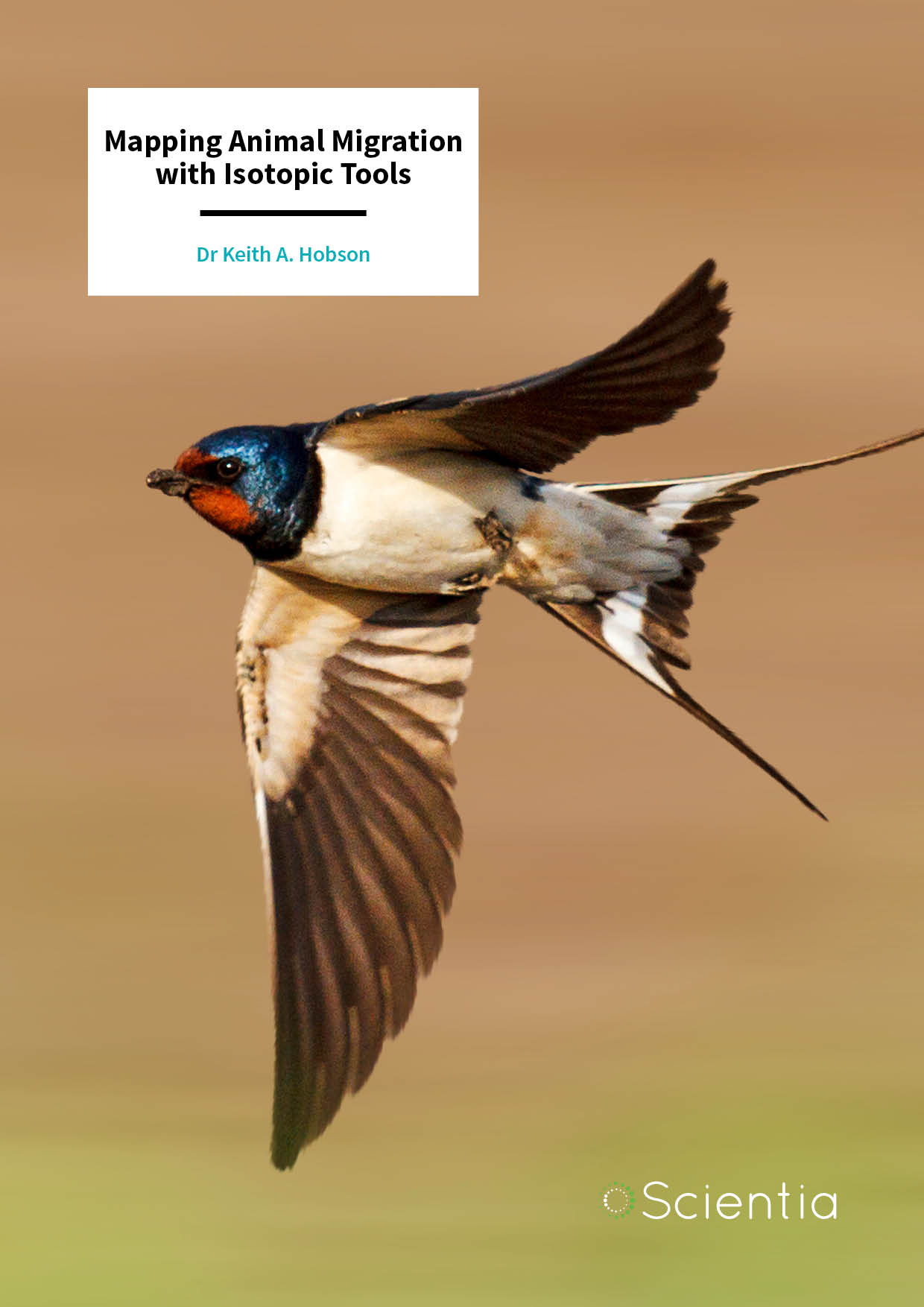
Dr Keith A. Hobson | Mapping Animal Migration with Isotopic Tools
Animal migration is one of the most astounding natural phenomena on the planet. Birds and insects travel thousands of kilometres across the globe in regular movements, using highly evolved methods of navigation. Migration is not only fascinating and wonderous; understanding where and how animals migrate can make conservation strategies more effective. Dr Keith A. Hobson at the University of Western Ontario and his colleagues have been using a special class of molecules and advanced scientific methods to uncover the secrets of animal migration.
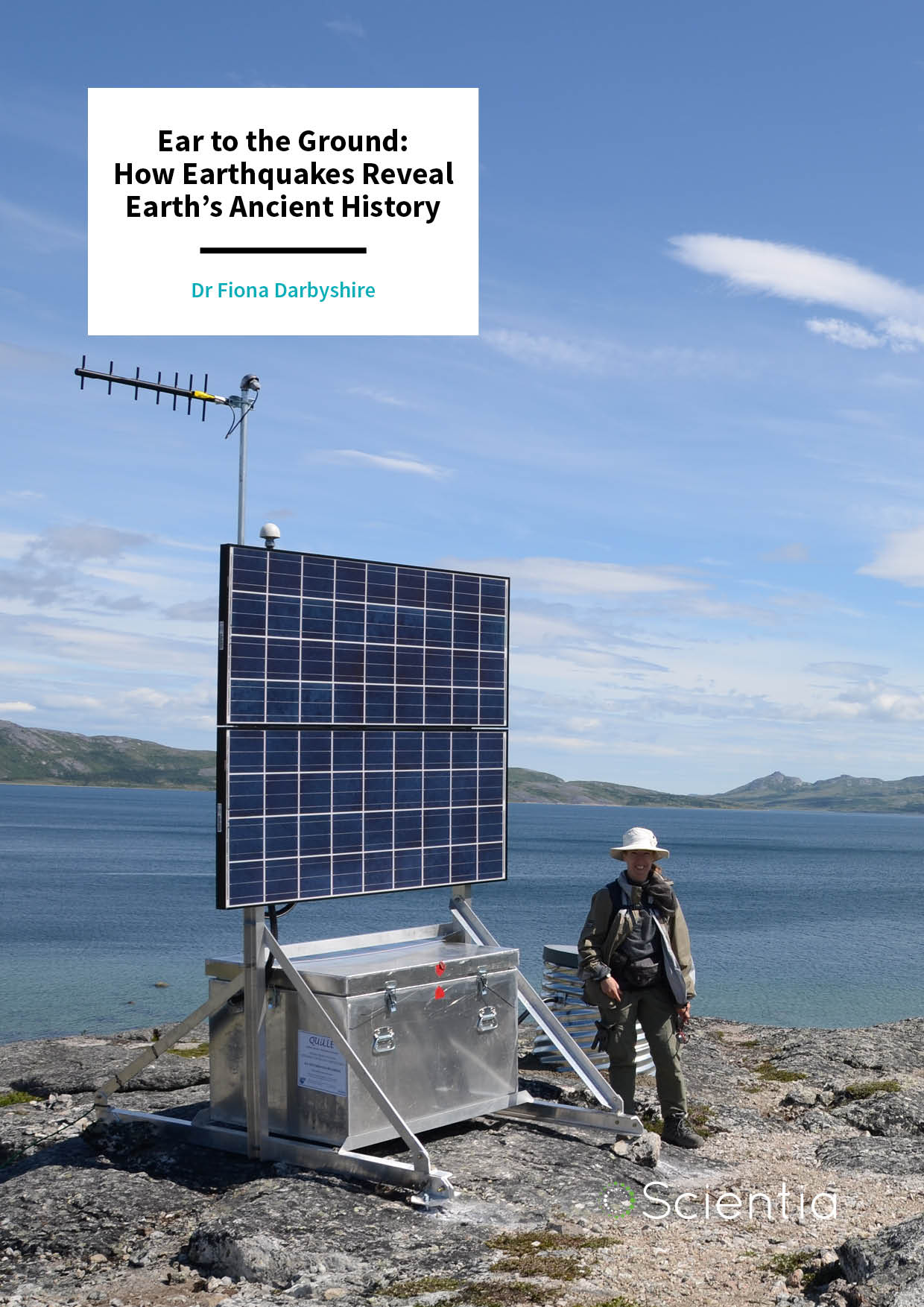
Dr Fiona Darbyshire | Ear to the Ground: How Earthquakes Reveal Earth’s Ancient History
Earthquakes are one of the more destructive phenomena we encounter on Earth. However, the seismic waves that earthquakes send travelling through the Earth are powerful tools to investigate the Earth’s crust and mantle. Through a series of seismic recording stations in Canada and northern USA, Dr Fiona Darbyshire at the Université du Québec à Montréal is doing exactly that. By listening to the seismic waves emitted from earthquakes, she and her team can determine the current composition of the crust and upper mantle, while also revealing tantalising clues about the formation and evolution of tectonic plates over the planet’s long history.
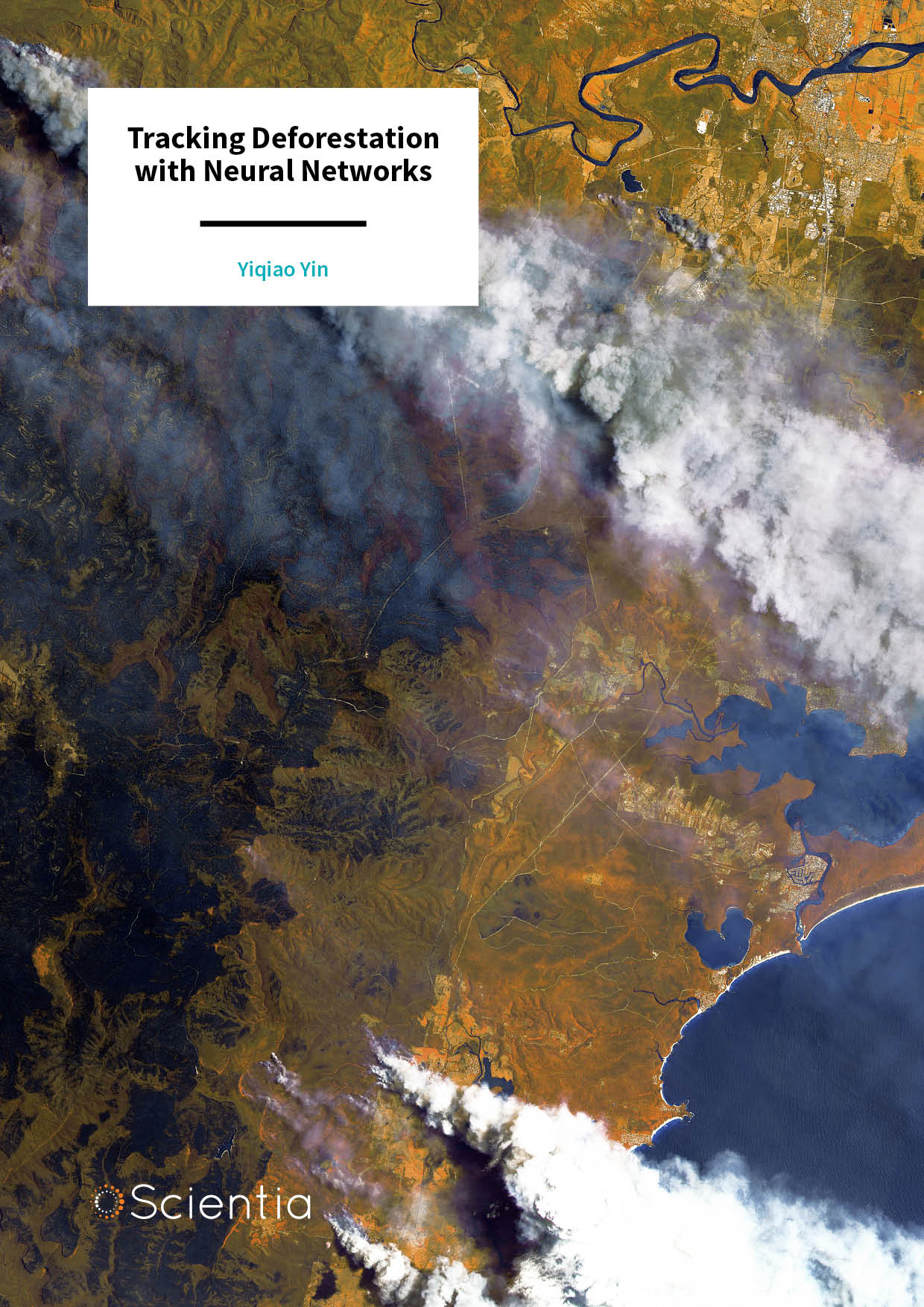
Yiqiao Yin | Tracking Deforestation with Neural Networks
Forests are key to Earth’s biodiversity and the global ecosystem, hosting 80% of the planet’s plant biomass and two-thirds of all mammal species. However, they are also in decline; each year, around five million hectares of woodland are lost to logging and wildfires. Tracking this loss is essential to controlling and mitigating deforestation, but this requires careful interpretation of satellite imagery. Yiqiao Yin, Kieran Pichai, Benjamin Park and Aaron Park have developed a model to automatically identify forests from these images. Their new approach is already showing huge promise.

Dr Robert Suryan | Exploring the Impacts of an Intense Heatwave on Alaskan Marine Ecosystems
Between 2014 and 2016, the Gulf of Alaska experienced a prolonged and intense heatwave. The hot temperatures disrupted species interactions and stressed the Gulf of Alaska ecosystem past its tipping point. New research led by Dr Robert Suryan at the NOAA Alaska Fisheries Science Center suggests that this event may have left a long-standing mark on the Gulf of Alaska. Dr Suryan and his colleagues quantified the effects of the heatwave on all aspects of marine ecosystems. Their work highlights the importance of long-term ecosystem monitoring in tracking, predicting, and preparing for a changing climate.
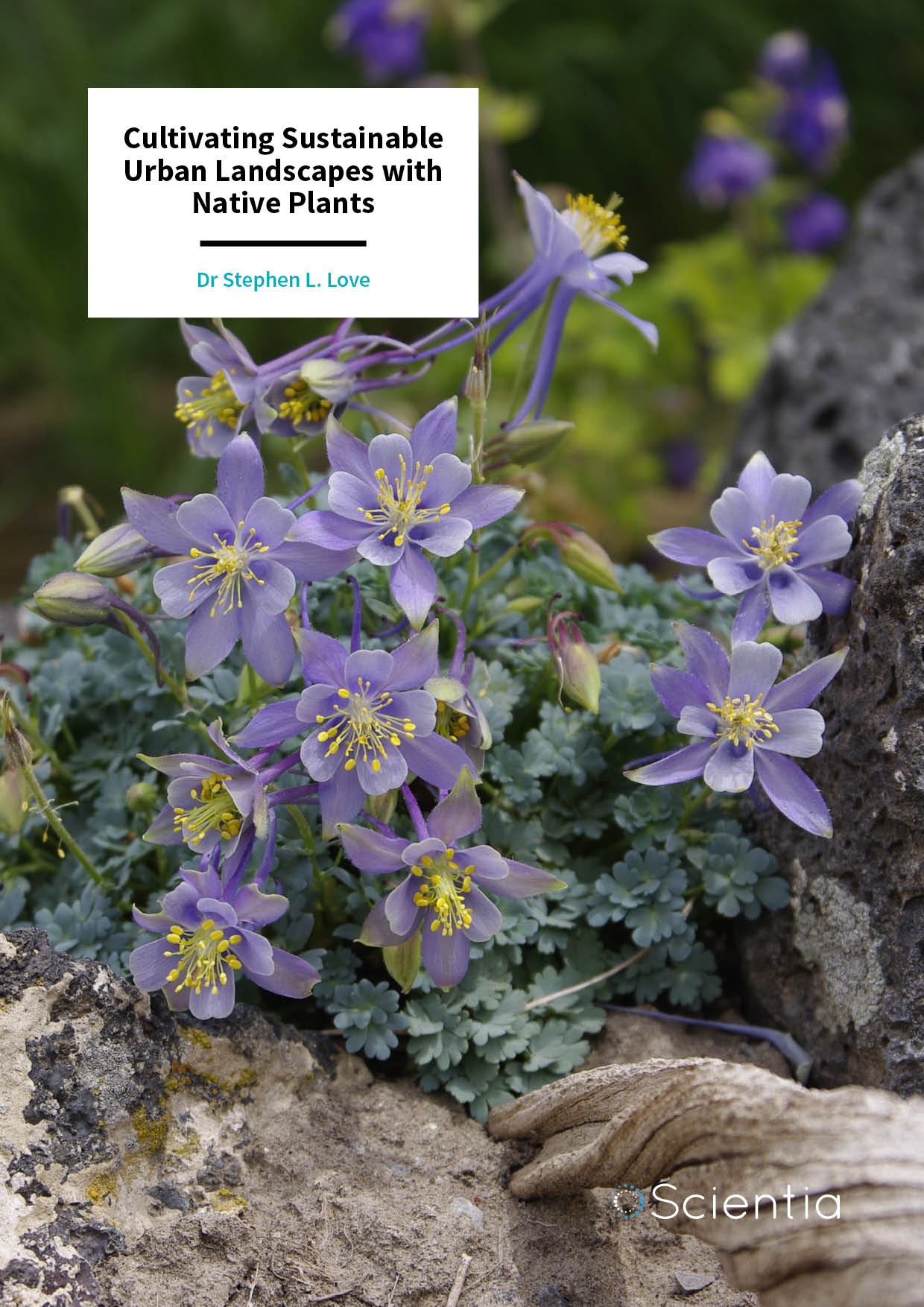
Dr Stephen Love | Cultivating Sustainable Urban Landscapes with Native Plants
Landscapes exist on a spectrum – from those with minimal human impact, to urban sites wherein most natural features have been destroyed. As disturbed urban sites become more geographically prominent, imperatives to create managed urban habitats that provide societal and environmental services are increasingly urgent. Using native plants is a core principle of sustainable urban design, yet we lack standardised protocols to produce enough native plant products to meet demand. Dr Stephen Love at the University of Idaho has employed his expertise in plant breeding to develop high-throughput native plant domestication processes, to enhance offerings of native plants to people who wish to transform personal and public spaces into attractive, resilient ecosystems.

Dr Martín Medina-Elizalde | Collapse of the Ancient Maya Civilisation: Aligning History with Geological Analysis
Between 800 and 1000 CE, one of the world’s most advanced ancient civilisations underwent a devastating decline. The collapse of ancient Maya society has widely been attributed to a century-long drought; but so far, there have been few efforts to quantify this event, or to equate scientific findings with historical sources. Through new geological and paleoclimatological analyses, Dr Martín Medina-Elizalde at the University of Massachusetts, Amherst has revealed that the climate changes experienced during the drought followed more complex patterns than previously thought. His team’s discoveries could have important implications for predicting our own society’s future.
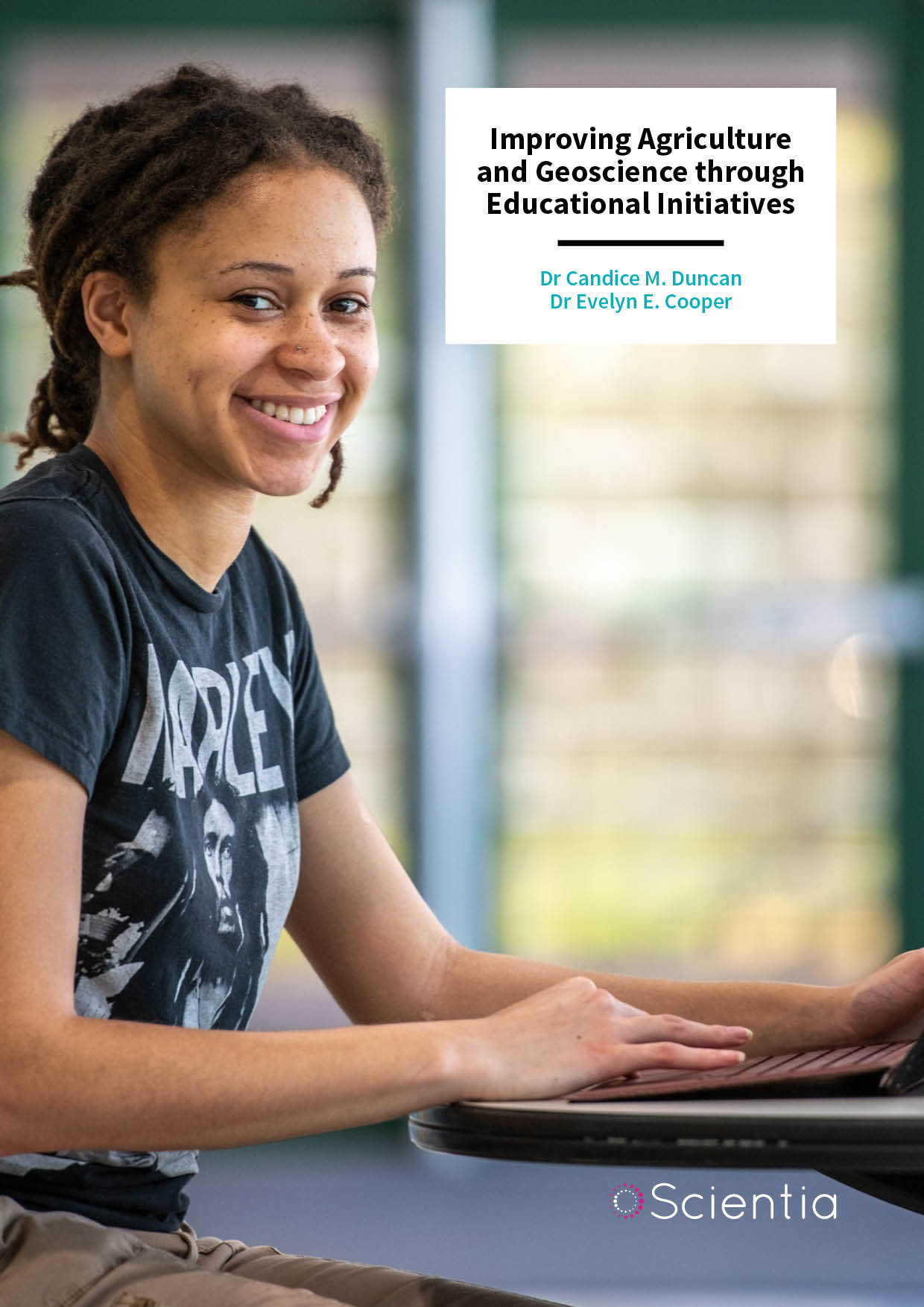
Dr Evelyn Cooper | Dr Candice Duncan – Improving Agriculture and Geoscience through Educational Initiatives
Addressing the skills shortage within scientific sectors requires a targeted approach for attracting and retaining students in STEM education. Summer Opportunities in Agricultural Research and the Environment (SOARE), SOARE: Strategic Work in Applied Geosciences (SWAG) and AgDiscovery, three innovative programs at the University of Maryland, provide a gateway for continued education, particularly for students who are traditionally under-represented in scientific fields. Implemented by Dr Evelyn Cooper, the success of the AgDiscovery and SOARE programs at the university has led to the inception of the new SOARE:SWAG program. Co-directed by Dr Candice Duncan, SOARE:SWAG focuses on students within geoscience disciplines.
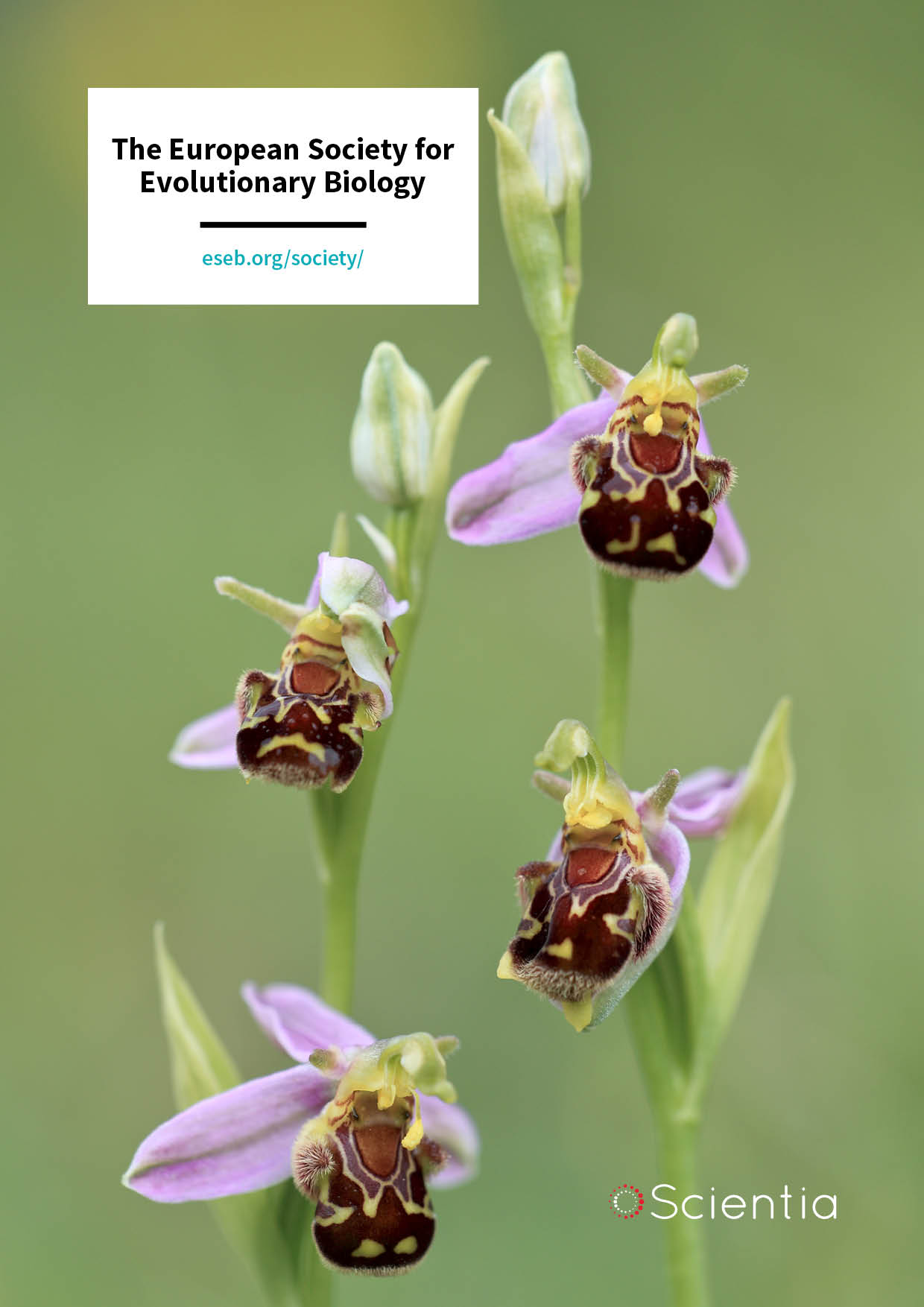
The European Society for Evolutionary Biology
Founded in 1987, the European Society for Evolutionary Biology (ESEB) is an academic society that brings together over 2000 biologists from Europe and beyond. In this exclusive interview, we speak with Professor Astrid Groot, President of ESEB, who discusses the many ways that the society supports scientists and helps to advance the diverse field of evolutionary biology.
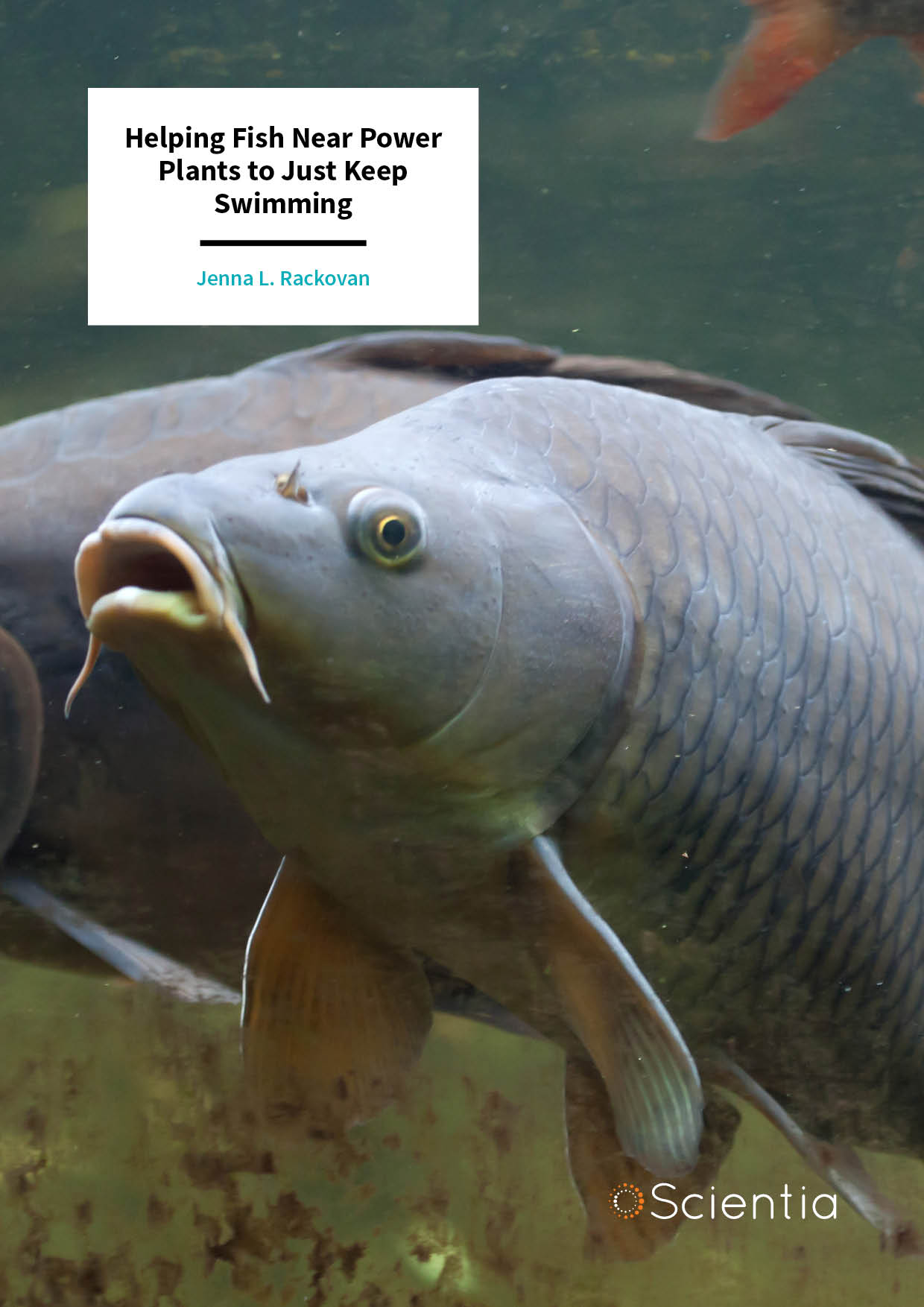
Jenna Rackovan – Helping Fish Near Power Plants to Just Keep Swimming
Cleaner, greener electricity is imperative to meet the demands of a burgeoning population. Many power plants rely on vast quantities of water to cool their systems and maintain proper operation. But sucking up vast quantities of water can pose a risk for fish and other aquatic animals. Balancing the operational efficiency of power plant cooling systems with environmental protection requires a dedicated team of engineers and fisheries biologists. In their recent research, Jenna Rackovan and her colleagues at Alden Research Laboratory in Massachusetts optimise the use of travelling water screens for fish protection.

Dr Sebastian Weber – Exploring Steel Alloys for Hydrogen Storage Technology
Hydrogen fuel presents a promising route towards a carbon-free energy source for vehicles – but the technology still faces challenges relating to storage. Dr Sebastian Weber at Ruhr University Bochum, alongside collaborators Dr Gero Egels, Dr Robert Fussik and Dr Mauro Martin, studies the capabilities and limitations of specialised steel alloys for heavily stressed components in high-pressure hydrogen storage systems. Using a combination of simulations and analytical techniques, the team aims to provide a detailed picture of how the atomic-scale structures of these materials relate to their brittleness when exposed to hydrogen. Their discoveries could eventually lead to the development of new materials, which can be used as high-performing components in hydrogen storage systems.
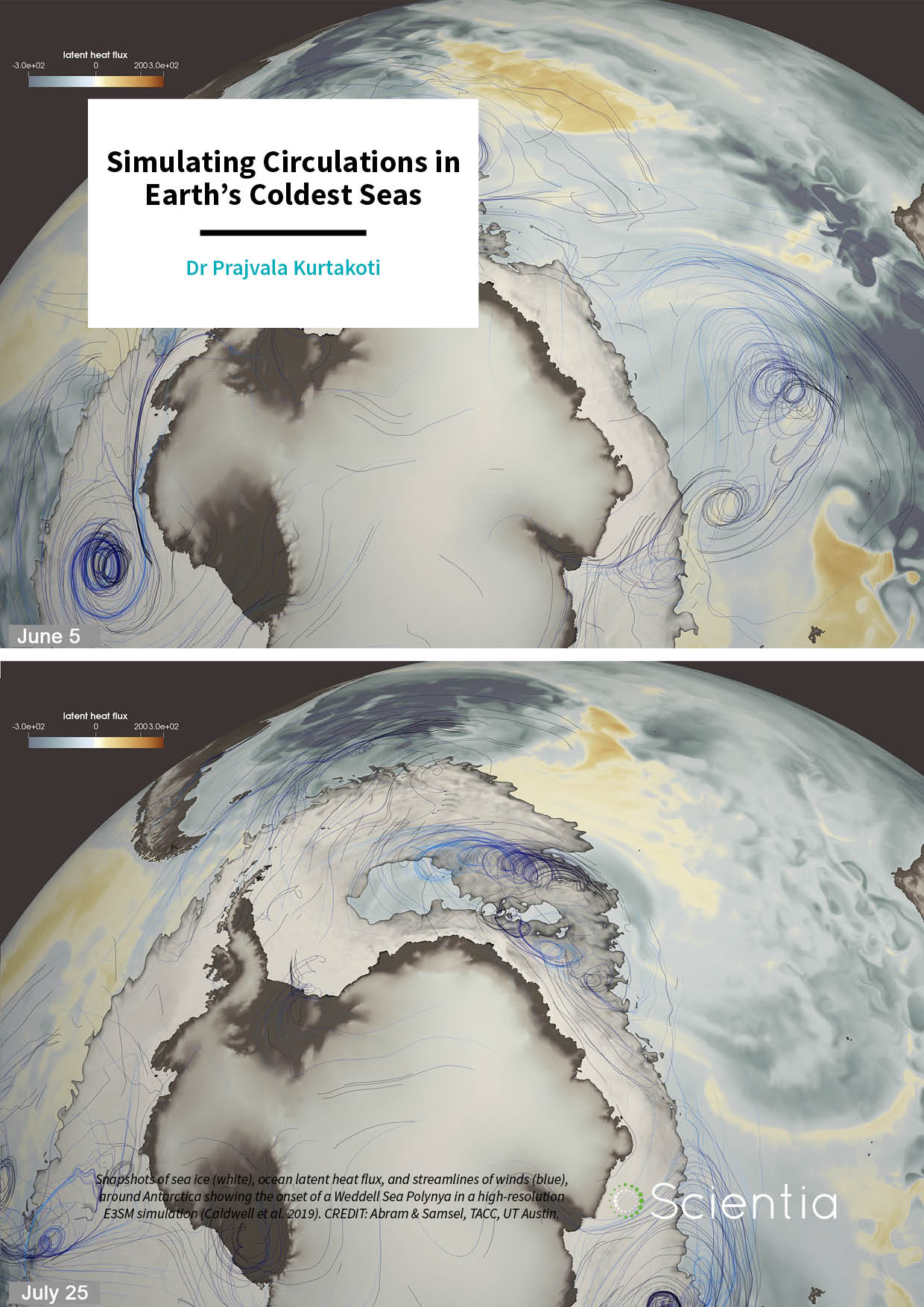
Dr Prajvala Kurtakoti – Simulating Circulations in Earth’s Coldest Seas
Climate models typically use mathematical equations that govern geophysical fluid dynamics to describe the behaviours of the ocean, atmosphere, sea ice and land ice. Computer simulations that use climate models are an essential tool for capturing the complex, interacting motions found throughout Earth’s oceans and atmosphere. Using some of the most advanced simulation techniques available to date, Dr Prajvala Kurtakoti at Los Alamos National Laboratory aims to learn more about how these processes occur within the seas of Earth’s polar regions. Her team’s results are shedding new light on the intricate connections between the oceans and atmosphere, and how these systems are likely to change as the climate warms.
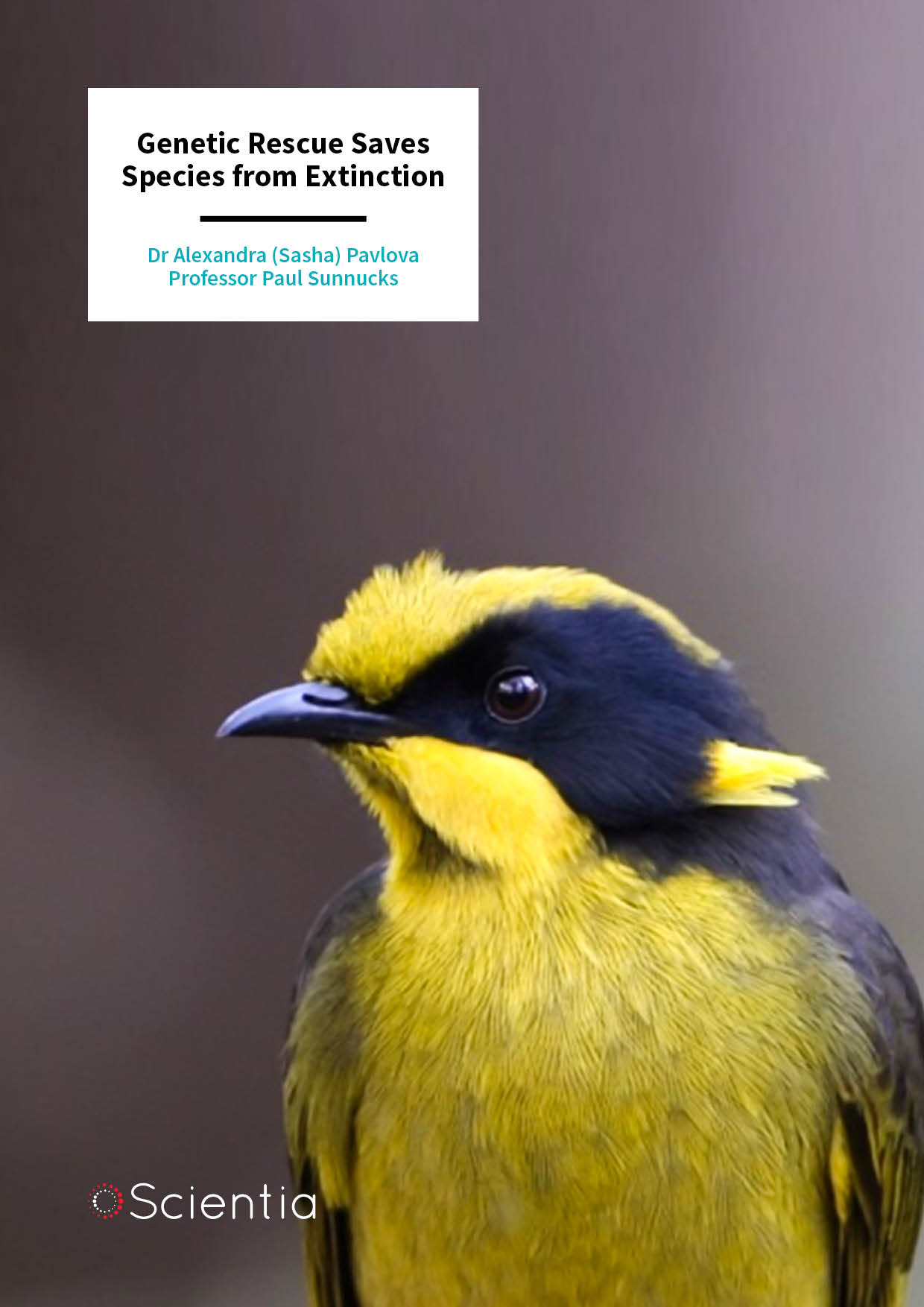
Dr Alexandra (Sasha) Pavlova | Professor Paul Sunnucks – Genetic Rescue Saves Species from Extinction
Human impacts on plant and animal populations can be striking. Landscape-level transformation of pristine habitats means less room for plants and animals and the inevitable decline and extinction of many species. However, human impacts can also act on threatened species in less obvious ways, including on their genomes. Because of shrinking populations, many plants and animals are highly inbred, tipping the scales in favour of extinction. Dr Alexandra (Sasha) Pavlova and Professor Paul Sunnucks at Monash University, Australia, are at the forefront of applied research that seeks to increase genetic diversity to help populations rebound.
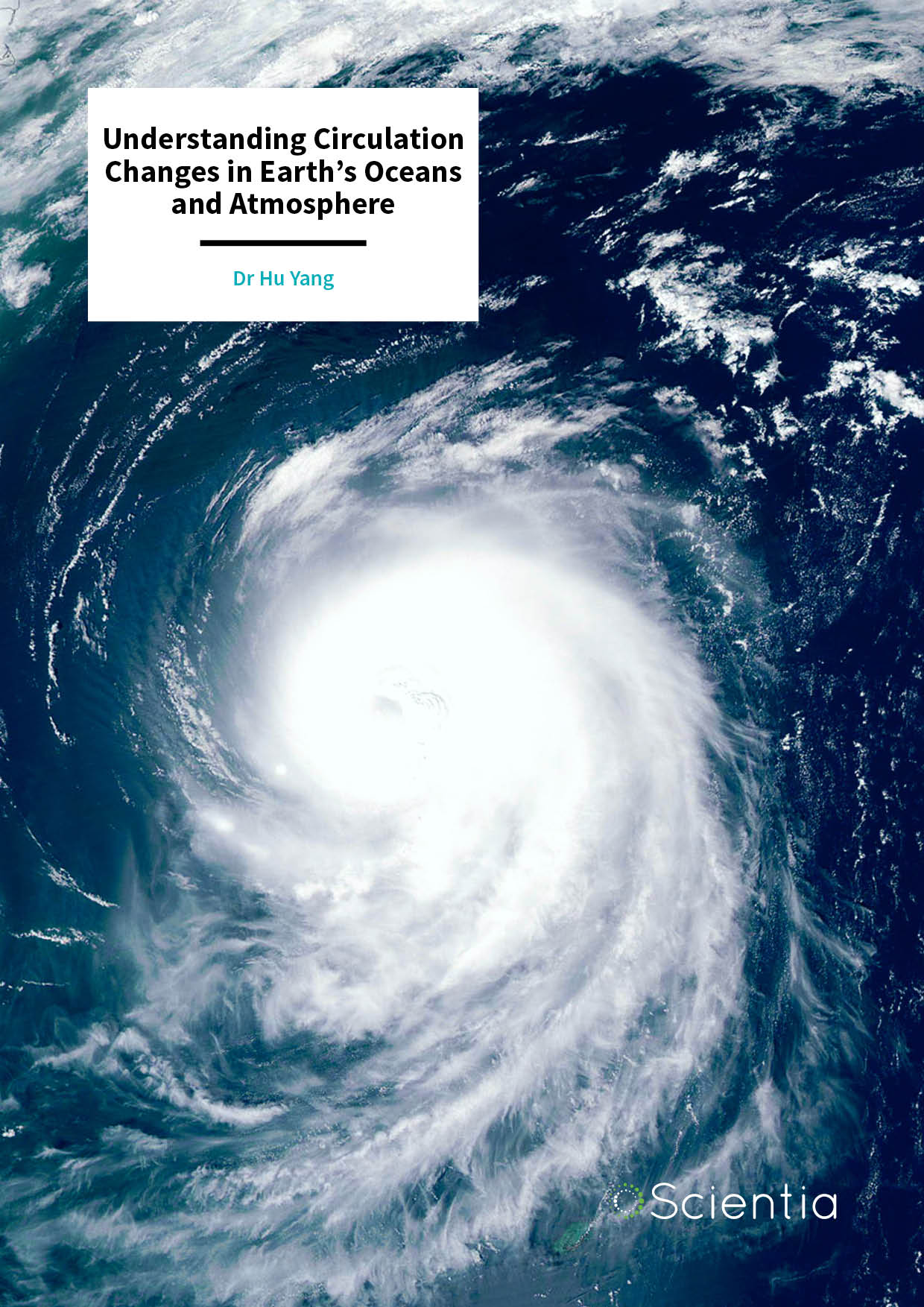
Dr Hu Yang – Understanding Circulation Changes in Earth’s Oceans and Atmosphere
Large-scale circulation patterns can be found throughout Earth’s oceans and atmosphere, and play a crucial role in maintaining the stability of regional climates. As the climate warms, researchers find that these patterns are experiencing a fundamental transformation. Using a combination of satellite observations and computer models, Dr Hu Yang at the Alfred Wegener Institute, identifies and explains the mechanisms of these changes. His study offers crucial insights into how both human populations and natural ecosystems will be affected by these transformations – and how they will need to adapt to cope with them.
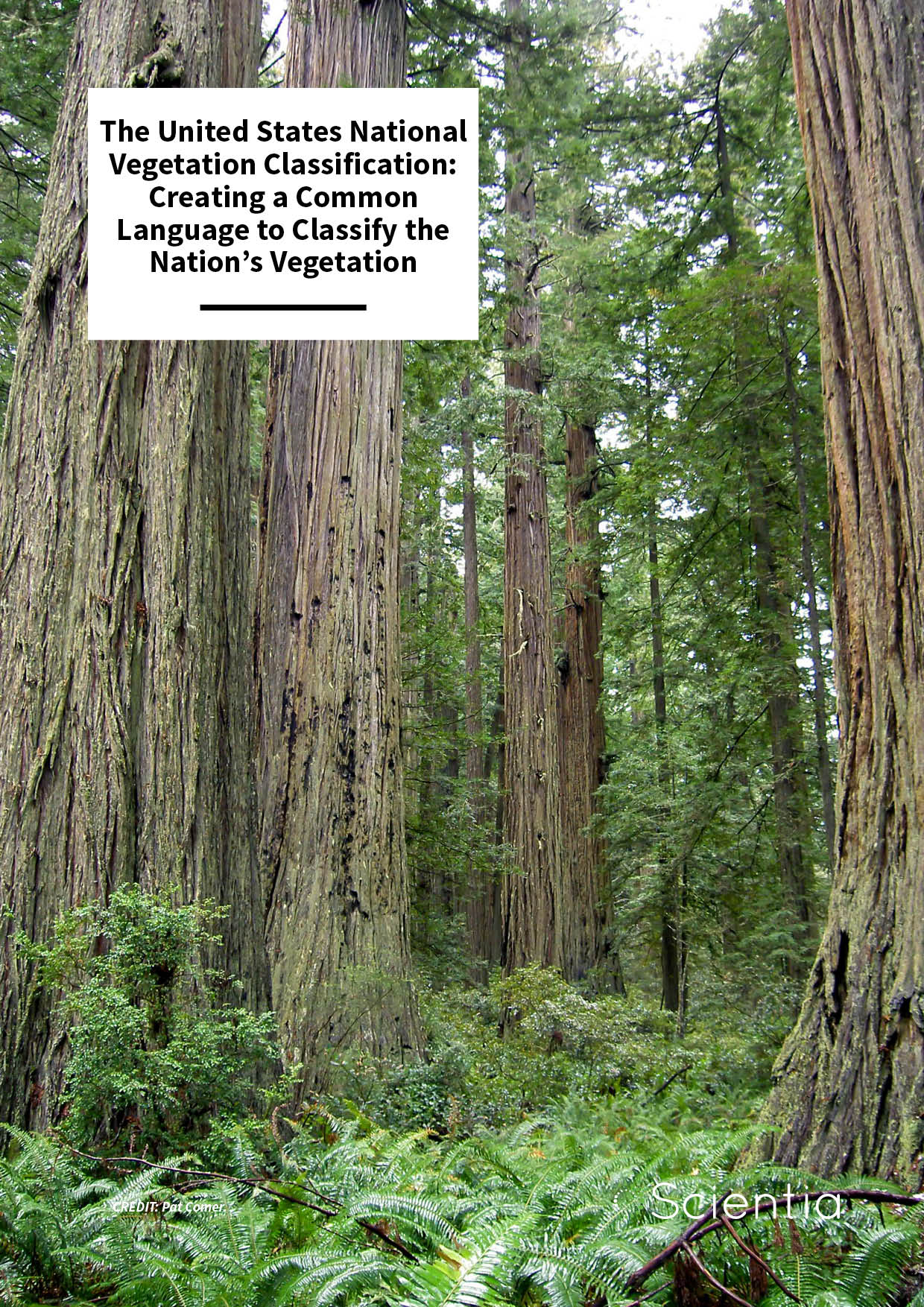
The United States National Vegetation Classification: Creating A Common Language To Classify The Nation’s Vegetation
In every introductory biology class, students learn the classification system used to catalogue plants, animals, fungi, and other organisms. In order of increasing specificity, the major levels of classification are: domain, kingdom, phylum, class, order, family, genus, and species. Global adoption of this system allows us to create an inventory of the world’s species diversity. For instance, we classify the Redwood tree of the US Pacific coast as the species sempervirens in the genus Sequoia, or Sequoia sempervirens. Until recently, however, there was no comparable standard available in the United States to classify the nation’s diverse types of vegetation – the various combinations of species, growth forms, and ecological factors that occur in certain regions. Instead, many land-management groups created their own classifications, hindering communication and collaboration. To address this issue, stakeholders established the United States National Vegetation Classification (USNVC).

Dr Ülo Mander – Tracking Greenhouse Gas Fluxes in Land-based Ecosystems
Land-based, or ‘terrestrial’, ecosystems can act as both a sink and a source of greenhouse gases. An active field of research centres on understanding which environmental parameters turn a carbon sink into a carbon source. Dr Ülo Mander from the University of Tartu in Estonia concentrates his work on predicting greenhouse gas fluxes from terrestrial ecosystems and monitoring how environmental conditions, such as soil moisture and temperature, influence emissions. He aims to use his research to help resolve numerous environmental issues, including climate change.
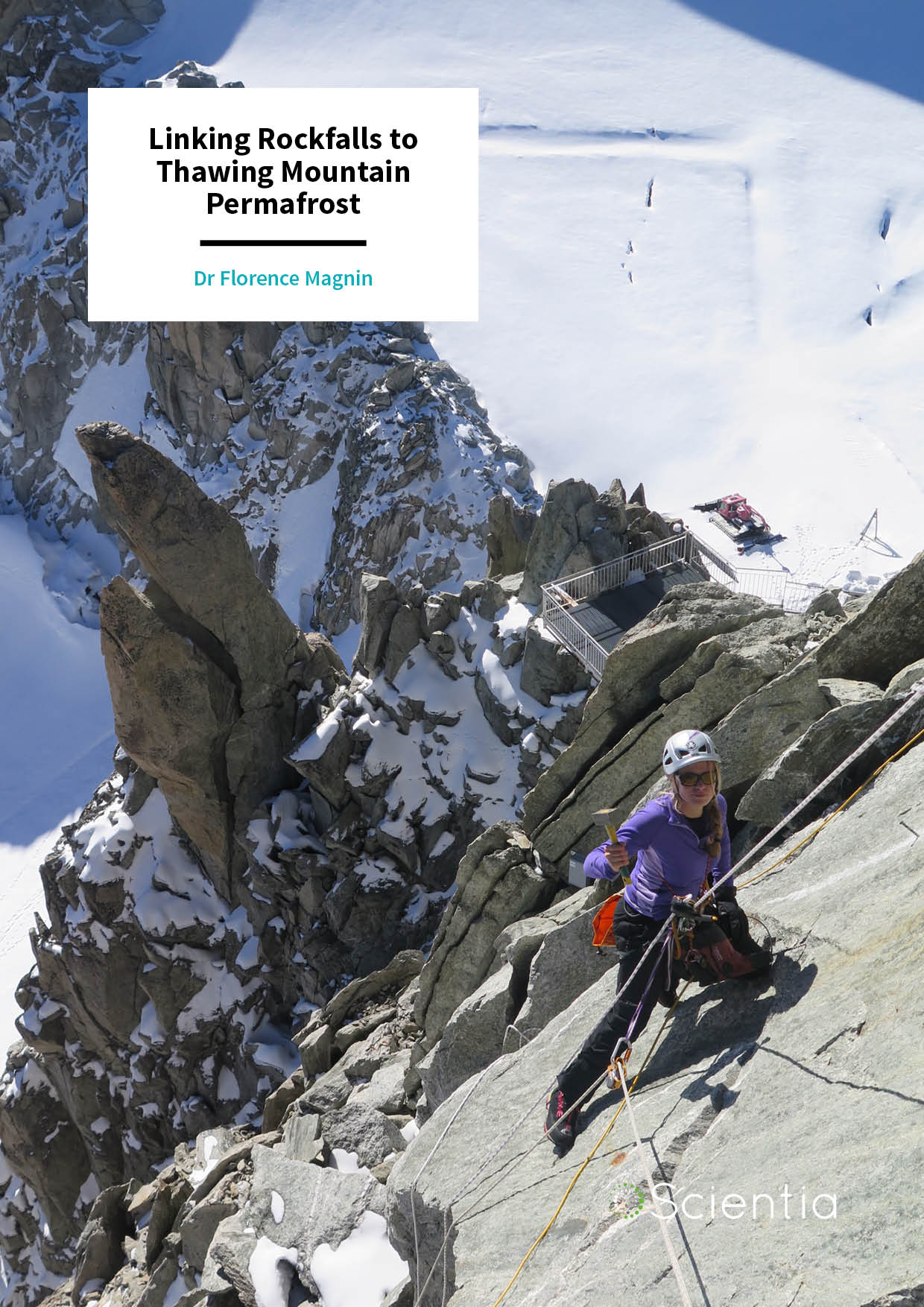
Dr Florence Magnin – Linking Rockfalls to Thawing Mountain Permafrost
Permafrost is key to maintaining the stability of steep mountain slopes. Yet as the climate warms, this frozen ground is becoming increasingly prone to thawing. In some cases, these events can trigger cascades of loose rock, with potentially devastating consequences for surrounding communities. Using a combination of computer modelling, and daring field experiments, Dr Florence Magnin at the Laboratory of Environments, Dynamics and Mountain Territories (EDYTEM) aims to better predict when and where these rockfalls are likely to occur, and how the state of mountain permafrost will evolve in the future.
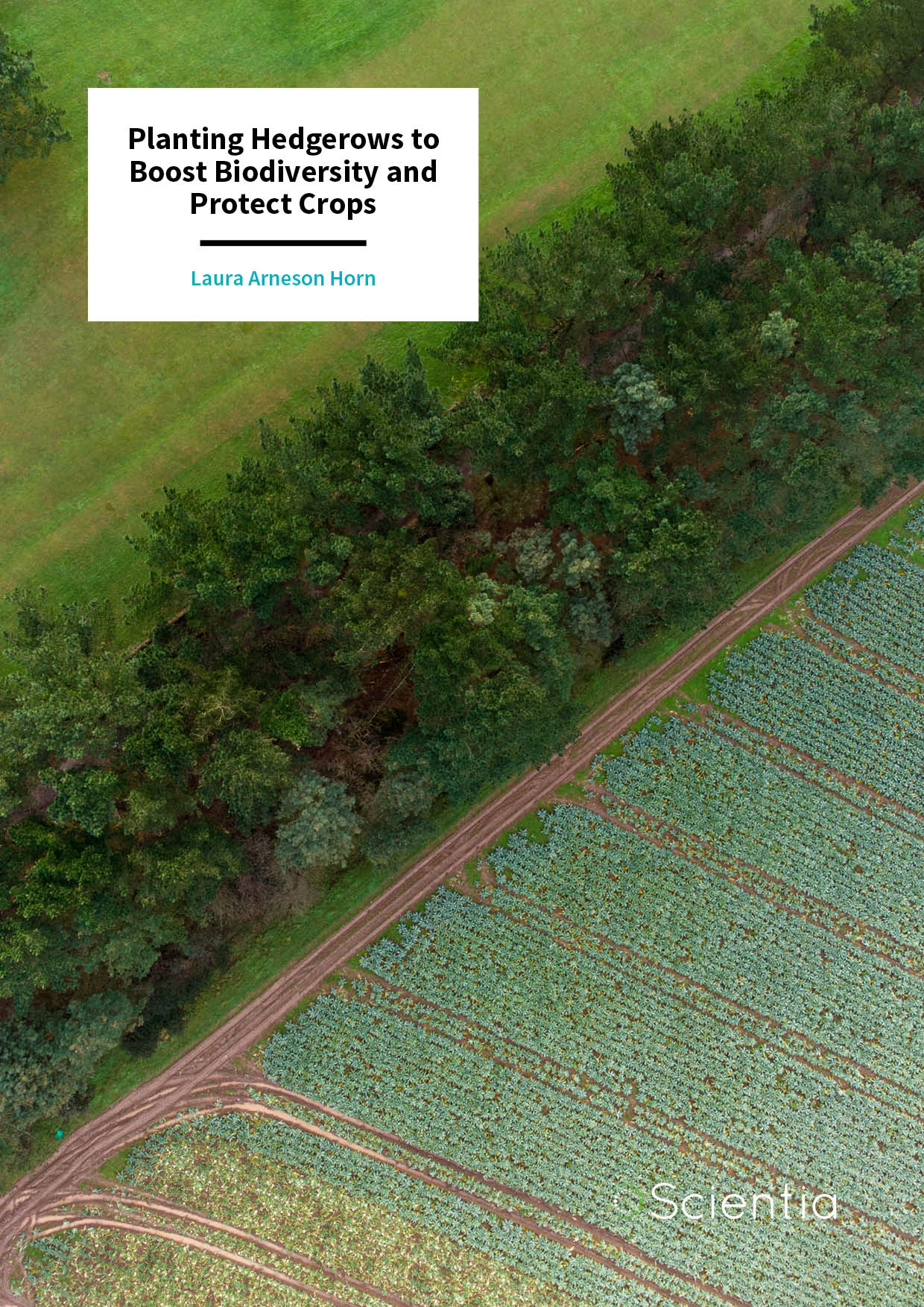
Laura Arneson Horn – Planting Hedgerows to Boost Biodiversity and Protect Crops
From a bird’s eye view, farmlands are conspicuous. Unlike wildlands, swaths of agricultural fields form neat squares, fitting together in a landscape-sized jigsaw puzzle. The edges of the puzzle pieces stand out most: dark emerald lines contrasting against the light green interior crisscross across the land. These narrow, vegetated strips – or hedgerows – have been planted for centuries but are receiving renewed interest. Often referred to as ‘living fences’, hedgerows are buzzing communities that provide various ecosystem services. Laura Arneson Horn, the owner of Wild Bee Project in Salt Lake City, works to establish hedgerows and promote their positive impacts on native pollinators and other beneficial insects.
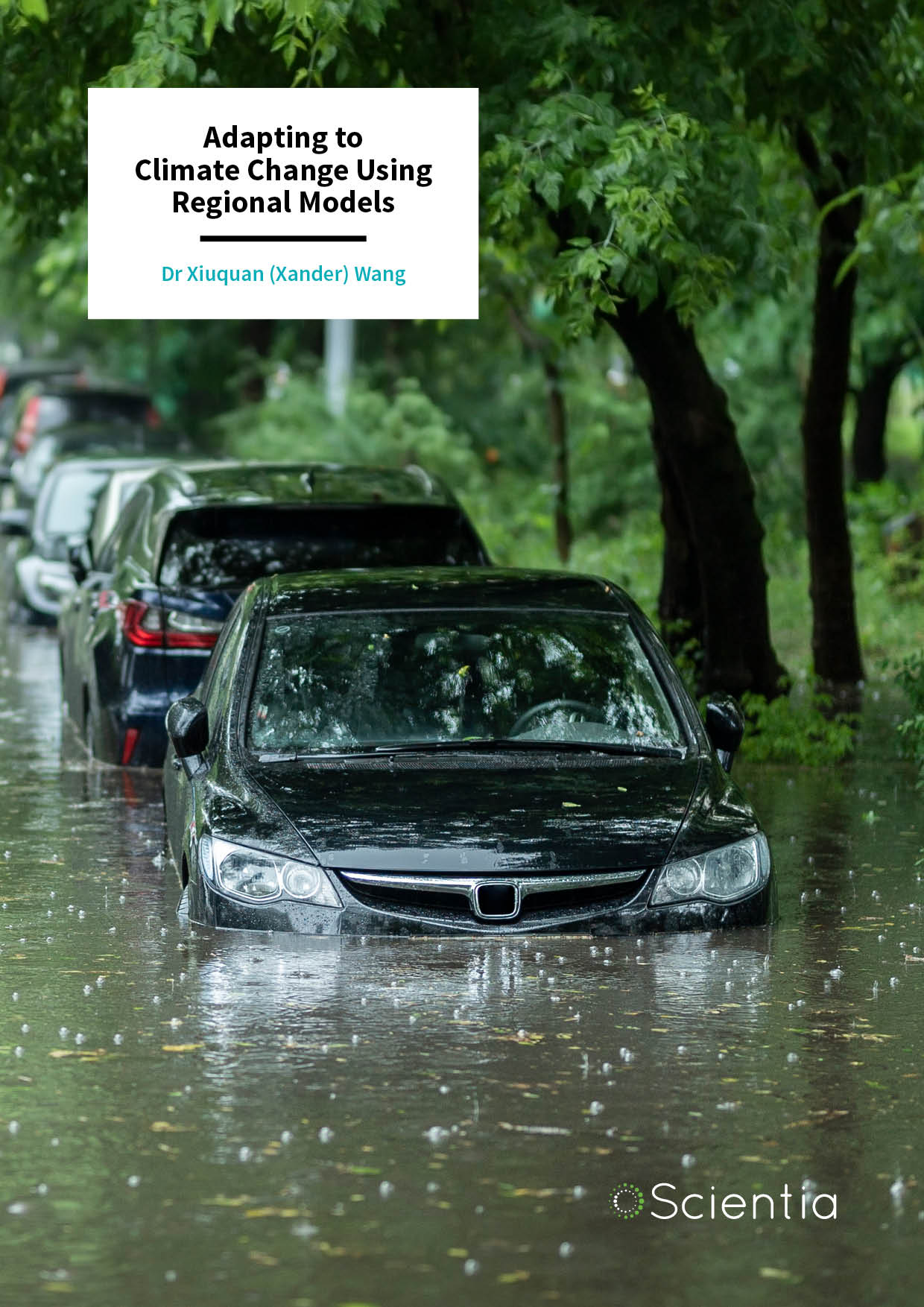
Dr Xander Wang – Adapting to Climate Change Using Regional Models
As the impacts of climate change become increasingly obvious worldwide, focused efforts to mitigate its worst effects are becoming more urgent. Through his research, Dr Xander Wang at the University of Prince Edward Island aims to innovate the computer models used to predict these future changes on smaller, regional scales. His team’s work is making important strides towards an advanced predictive toolset, which policymakers could use to make the best possible decisions about how to protect local populations from future climate-related disasters.
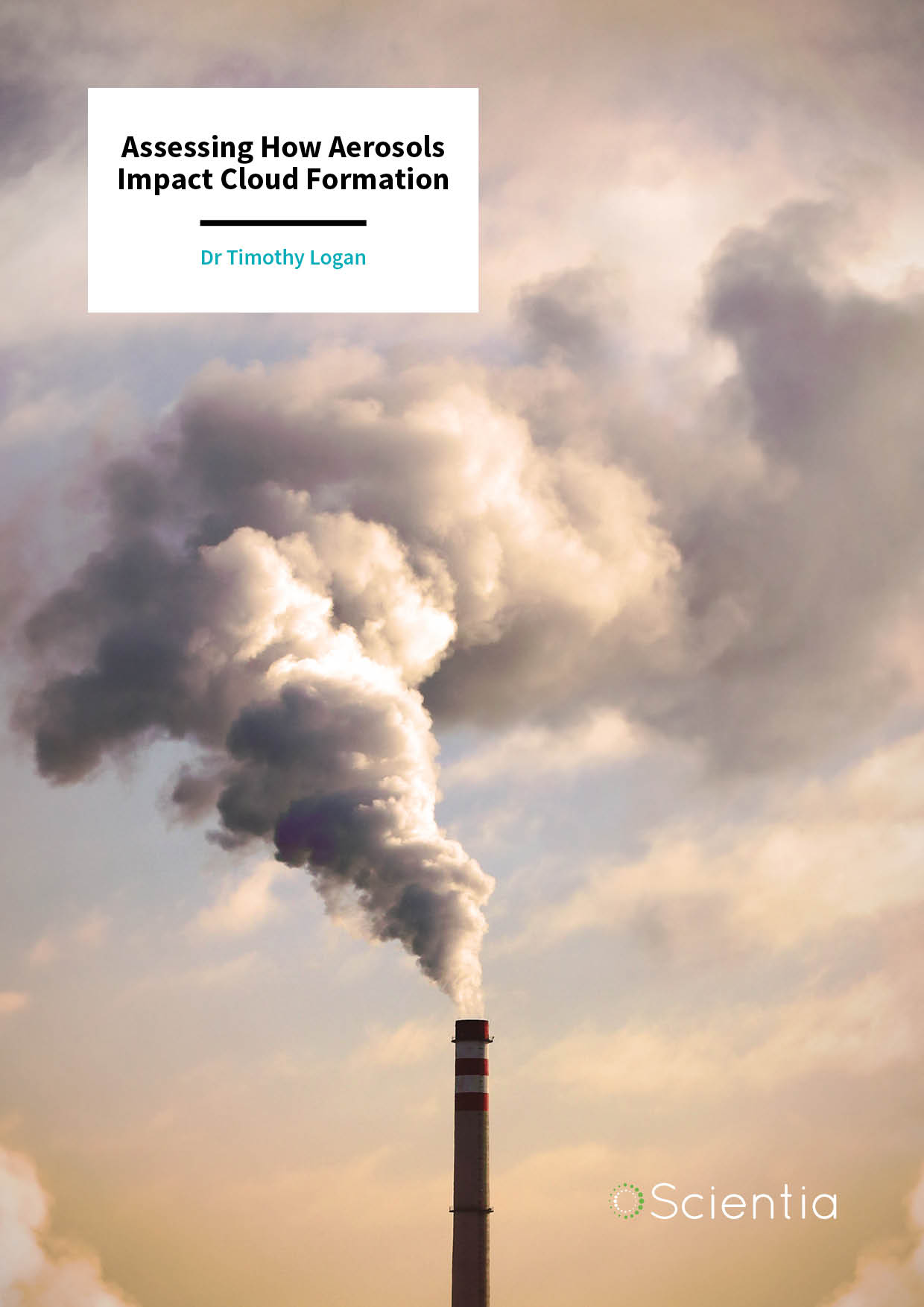
Dr Timothy Logan – Assessing How Aerosols Impact Cloud Formation
As they enter the atmosphere, tiny particles emitted by the burning of biomass or fossil fuels can heavily influence the formation of clouds. Yet due to human influence, the roles that these aerosols play in the process are still poorly understood by climate scientists. Using a combination of ground- and space-based measurements, along with advanced computer simulations, Dr Timothy Logan at Texas A&M University has gained important new insights into the atmospheric impacts of aerosols, and how emissions from both wildfires and human activities are having tangible effects on the weather.
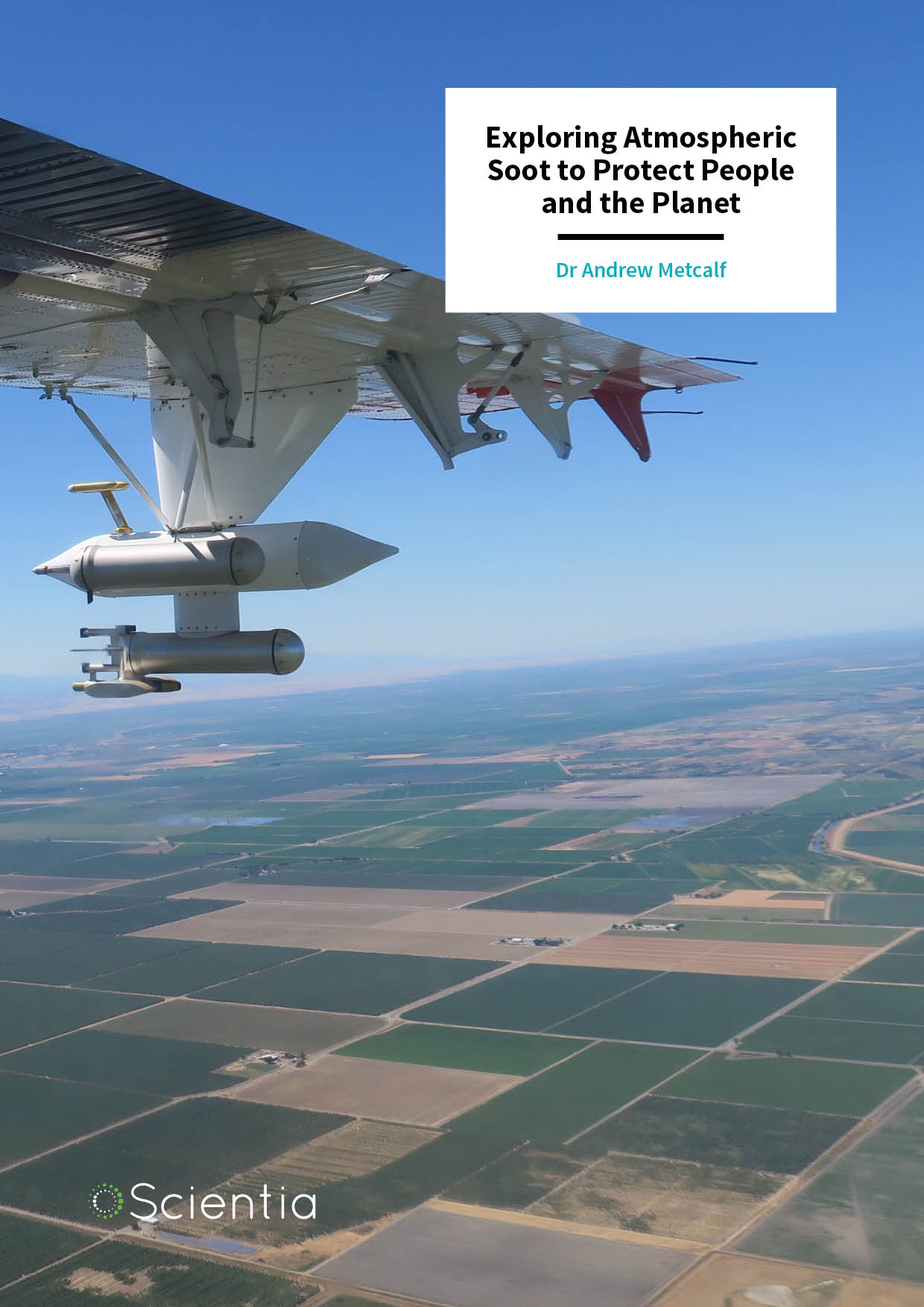
Dr Andrew Metcalf – Exploring Atmospheric Soot to Protect People and the Planet
From wildfires to cargo ships, soot particles can originate from many different sources. Once emitted, these particles can be easily spread throughout Earth’s atmosphere. Dr Andrew Metcalf at Clemson University, and his graduate students Nilima Sarwar and Walt Williams, use advanced aircraft observations to investigate how the diverse characteristics of soot can be influenced by their sources, and assess their subsequent influence on air quality and cloud formation. Their work is now helping researchers to better predict the coming impacts of climate change, and to inform urgently-needed efforts to reduce our emissions.
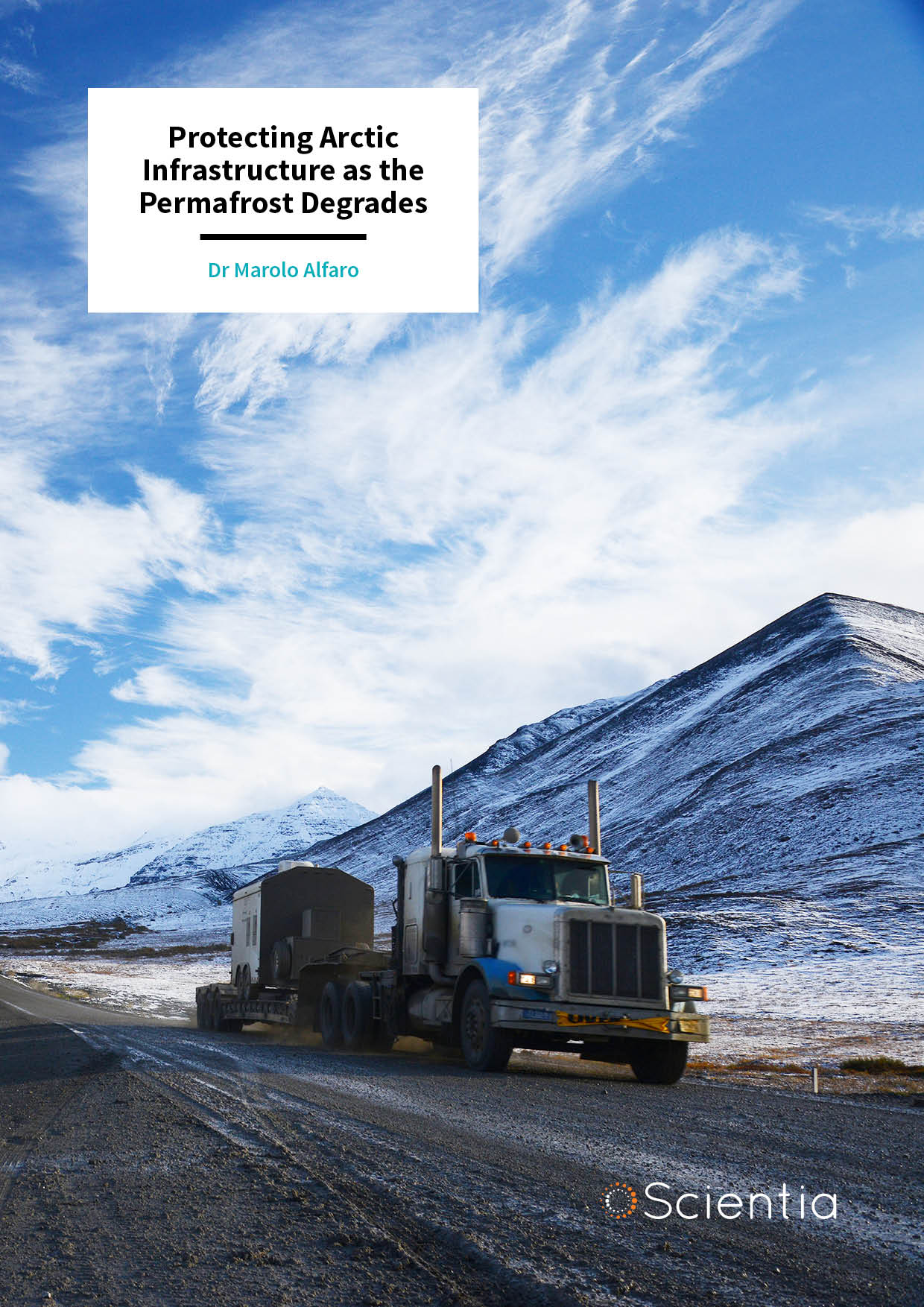
Dr Marolo Alfaro – Protecting Arctic Infrastructure as the Permafrost Degrades
Roads, bridges, and airports are now being built all across the Arctic. However, as this happens, the future of the sturdy permafrost these structures are built upon is looking increasingly uncertain. In his research, Dr Marolo Alfaro at the University of Manitoba uses both computer modelling and real-world sensing to assess the impact that the Arctic’s warming climate is having on this infrastructure. Starting from analysis of a newly-constructed highway in Canada’s Northwest Territories, his team’s efforts could soon provide local communities with vital guidance as to how their infrastructure should be maintained and protected.
